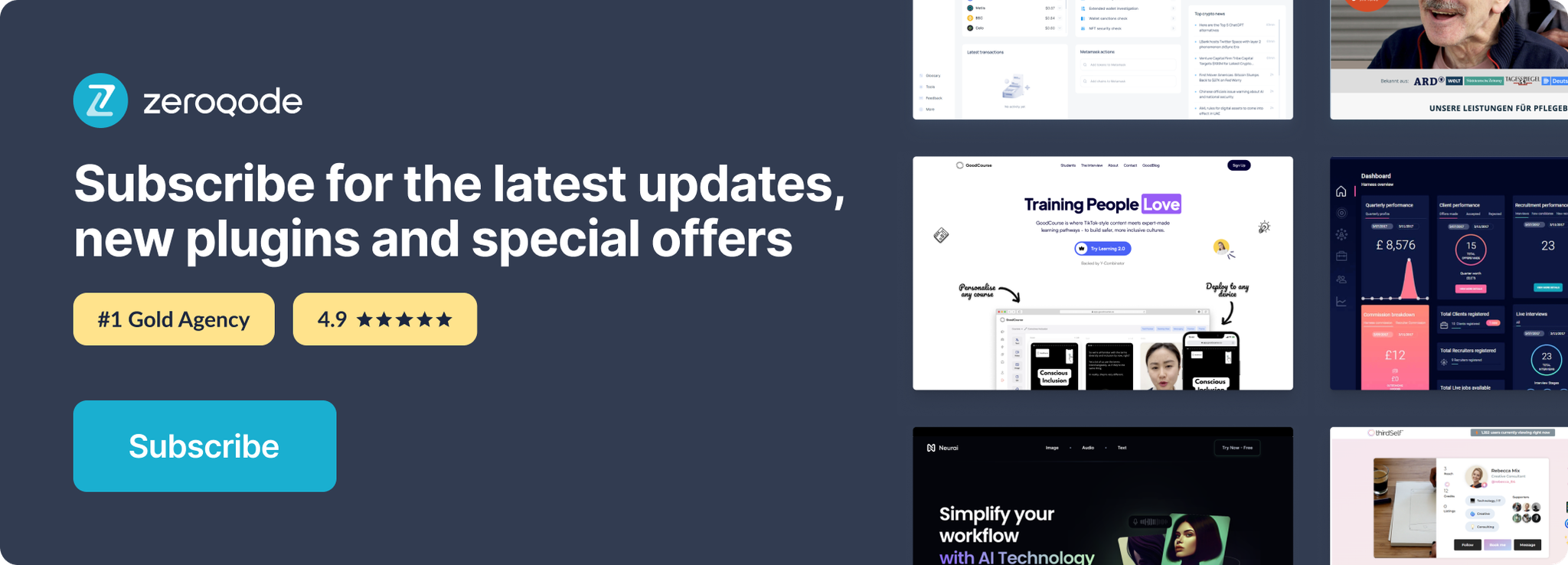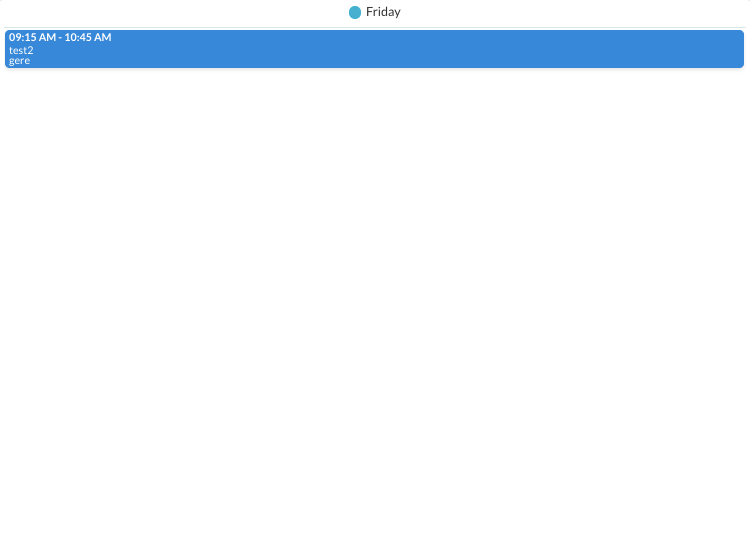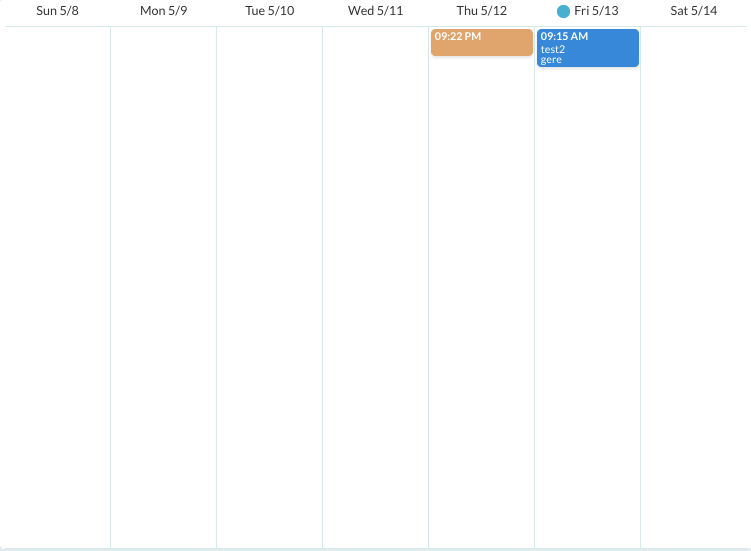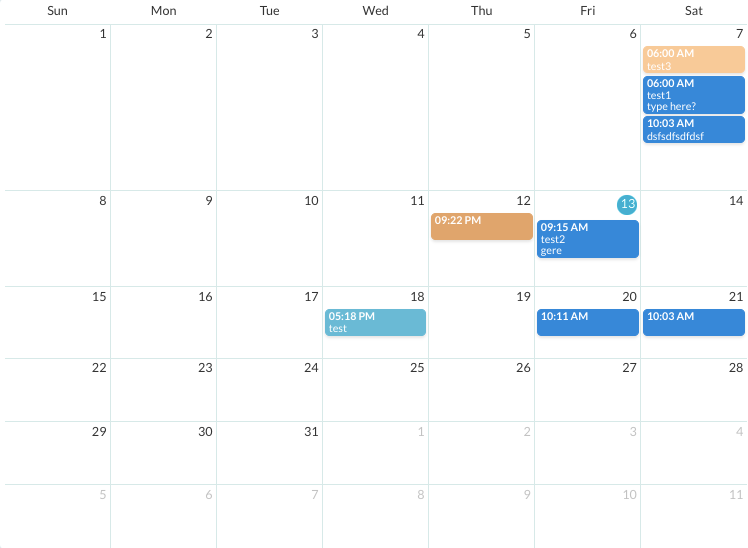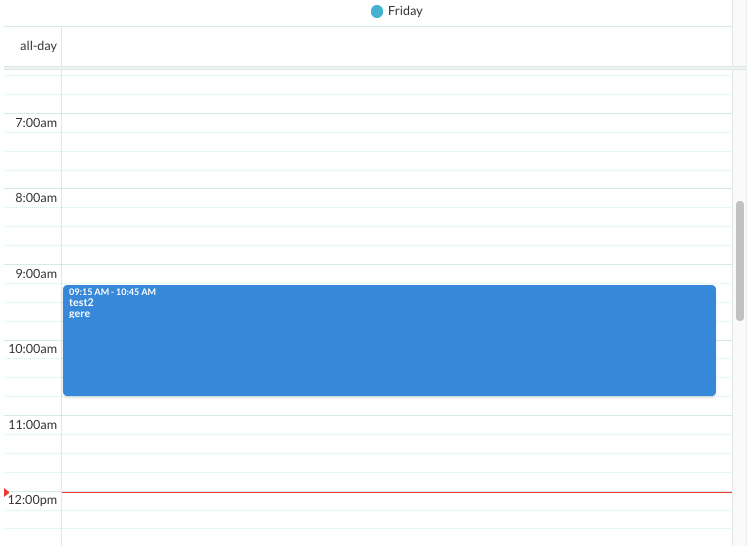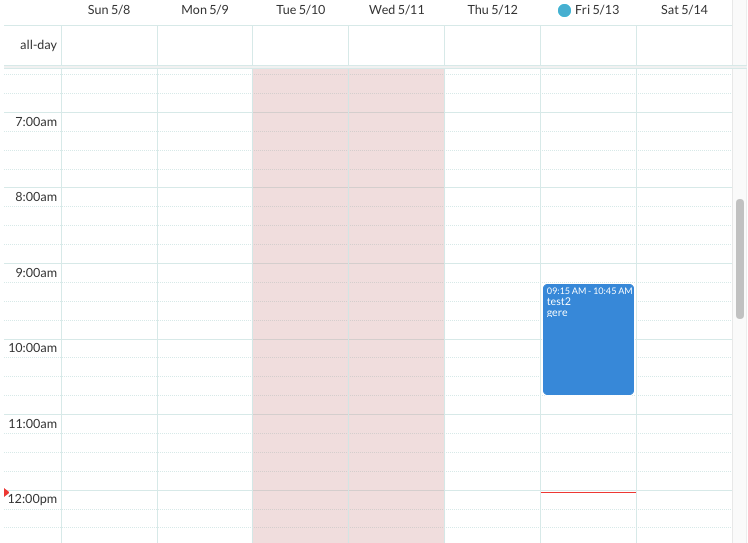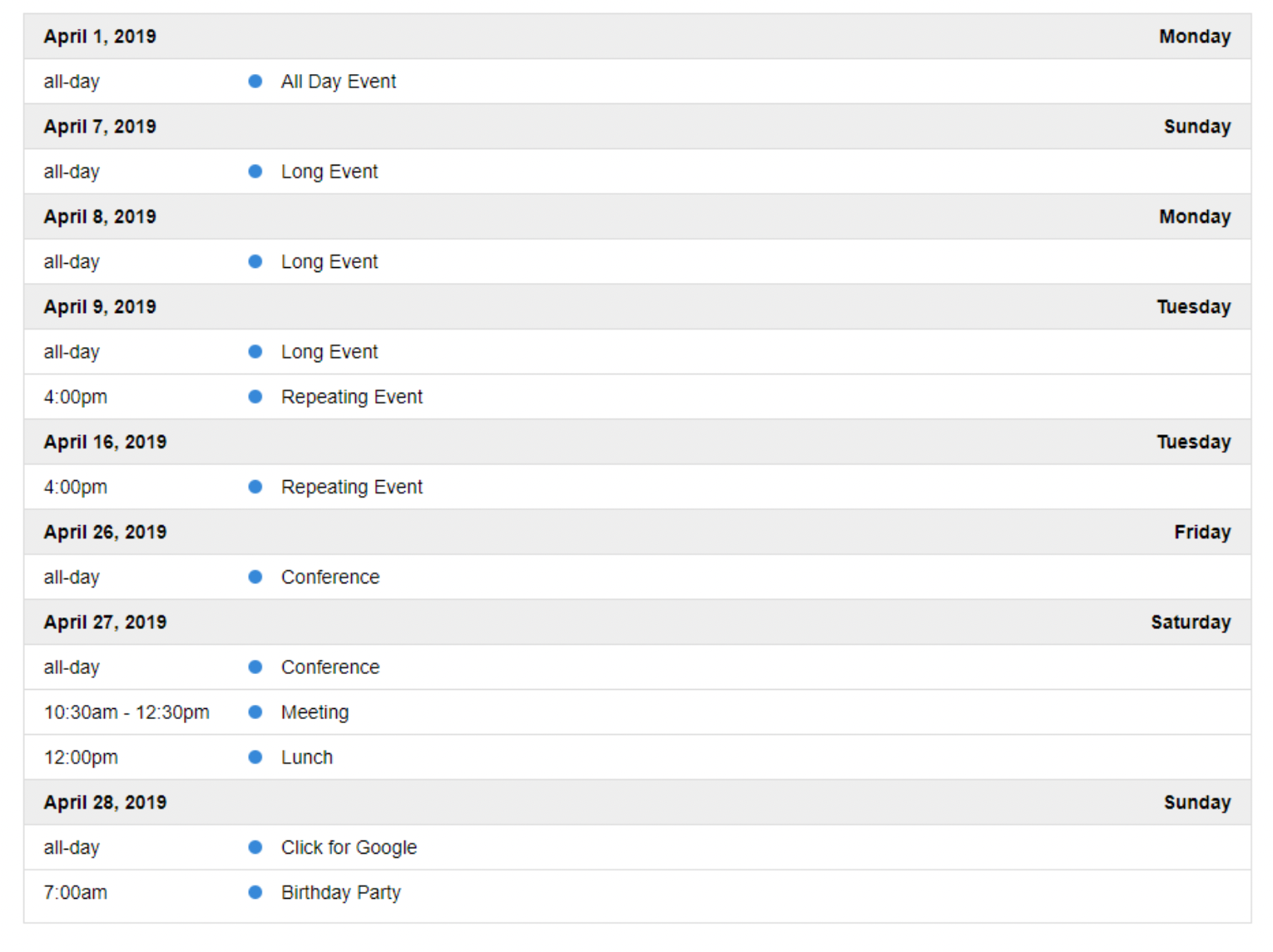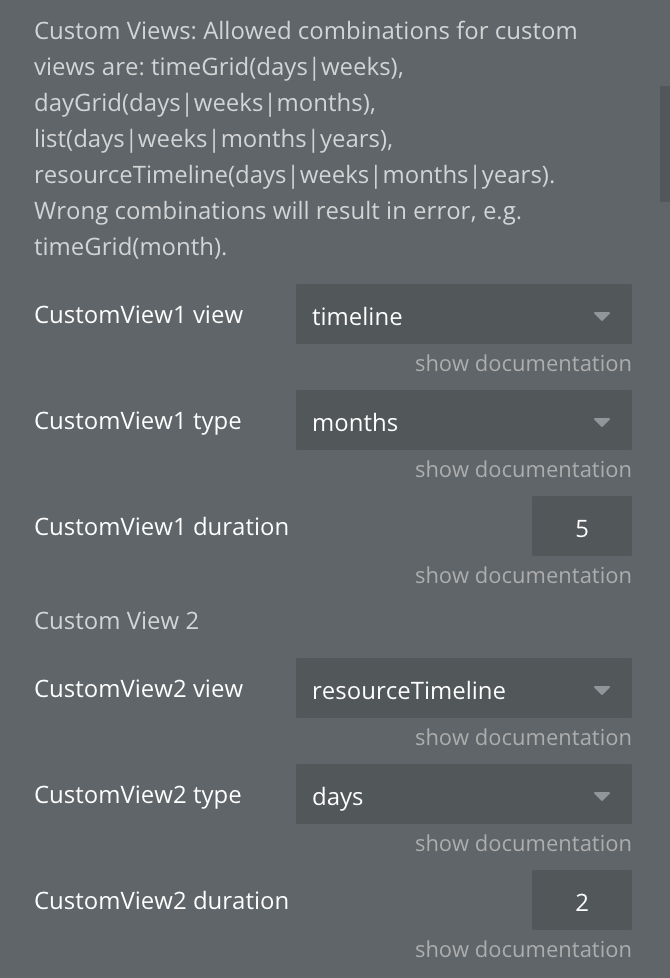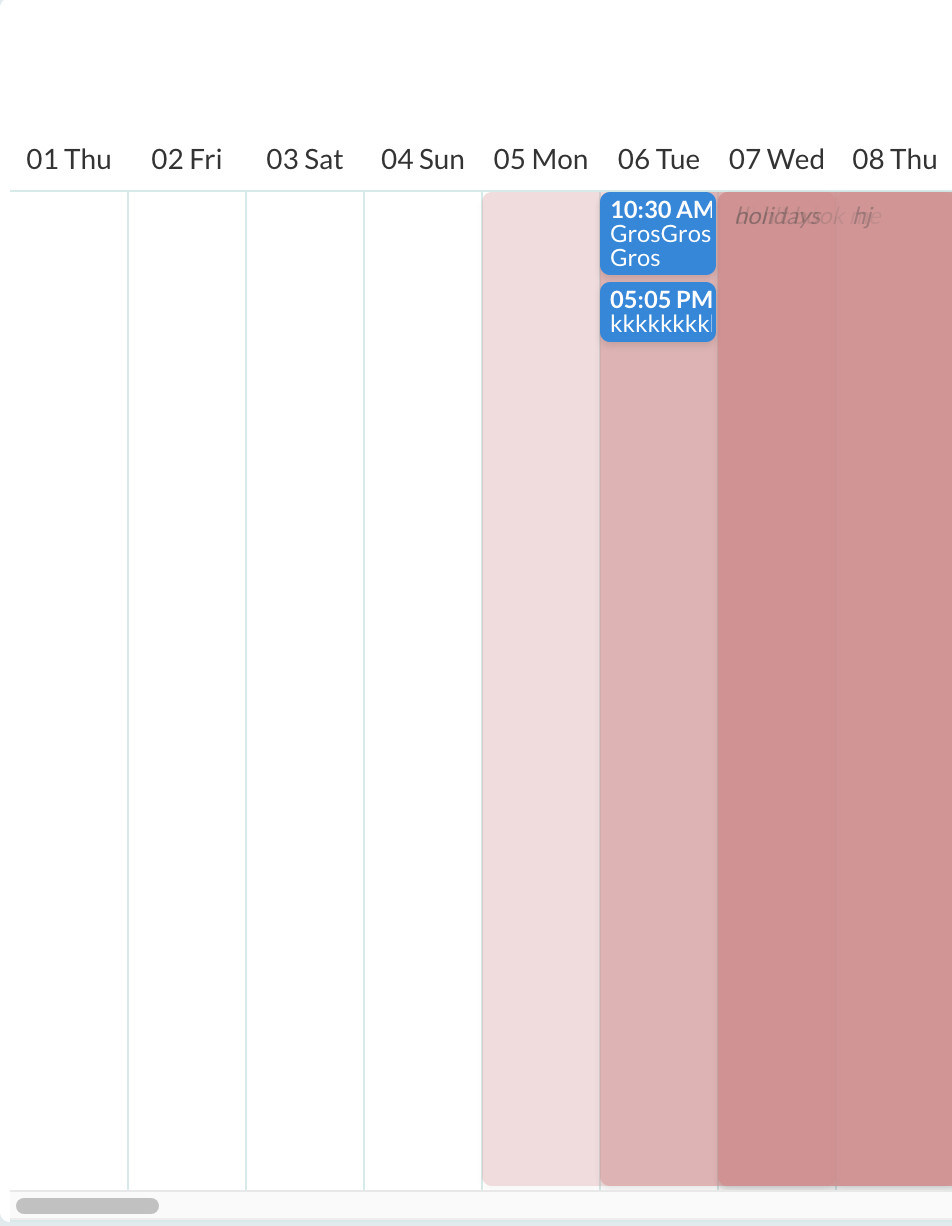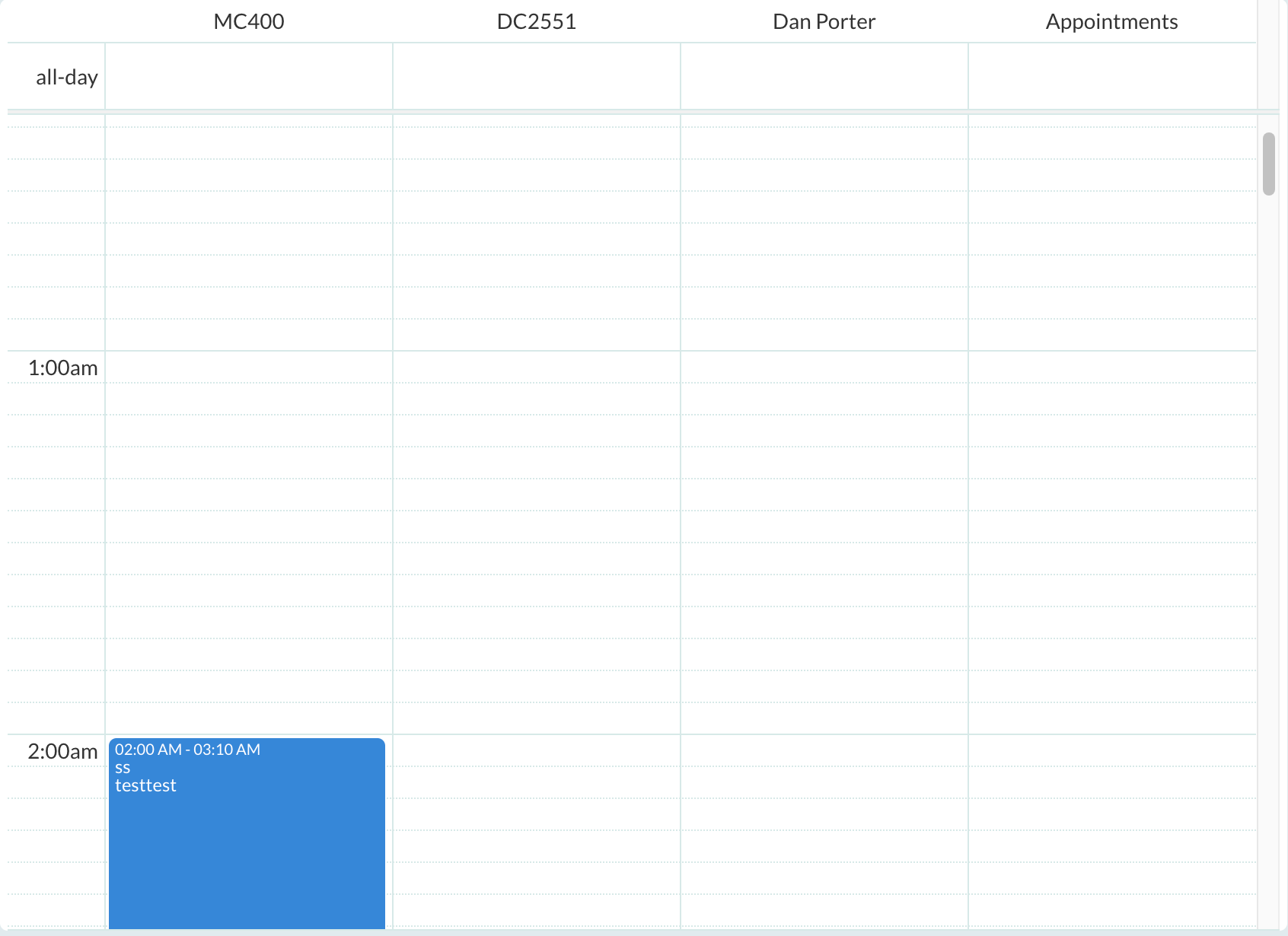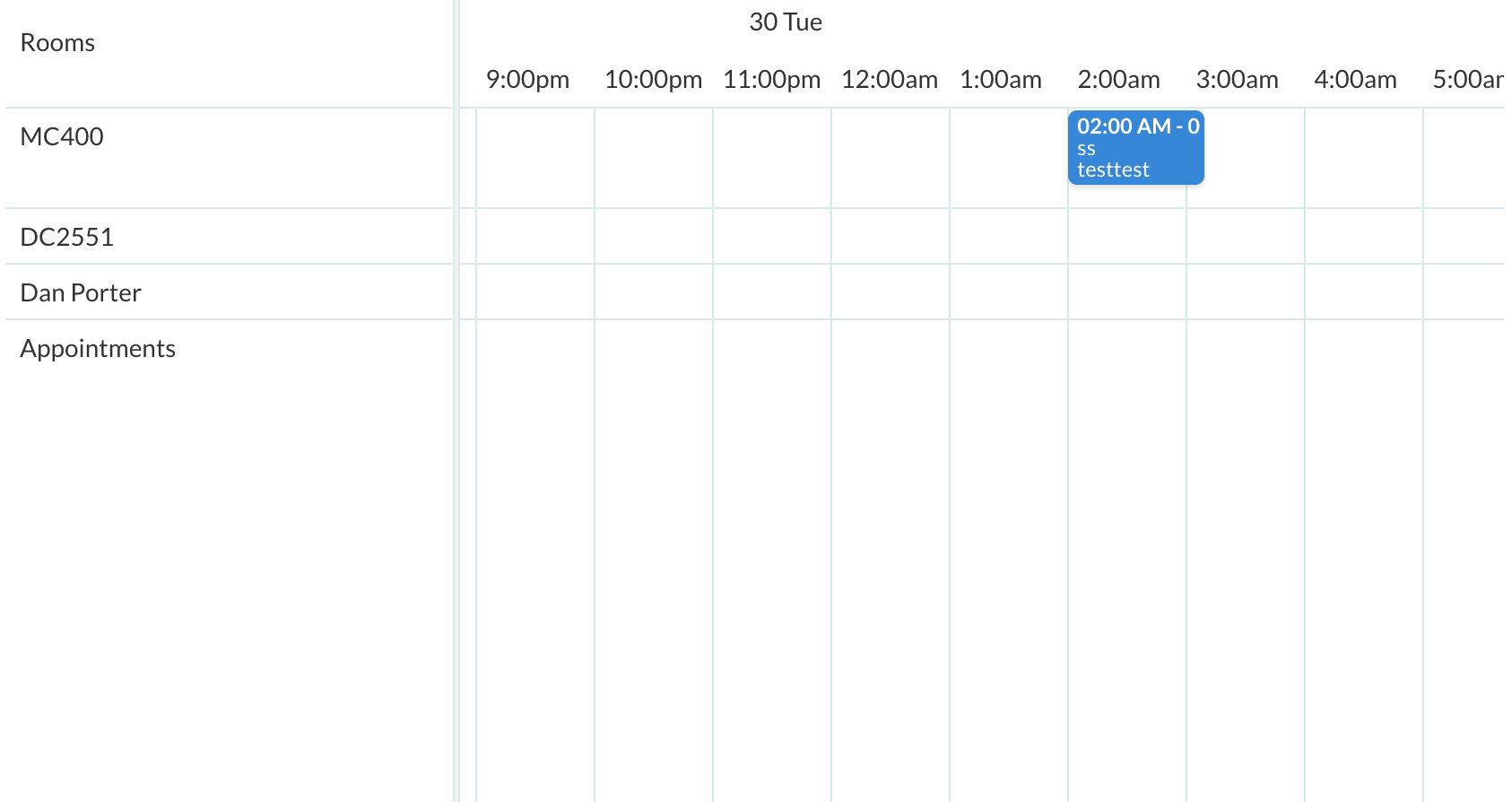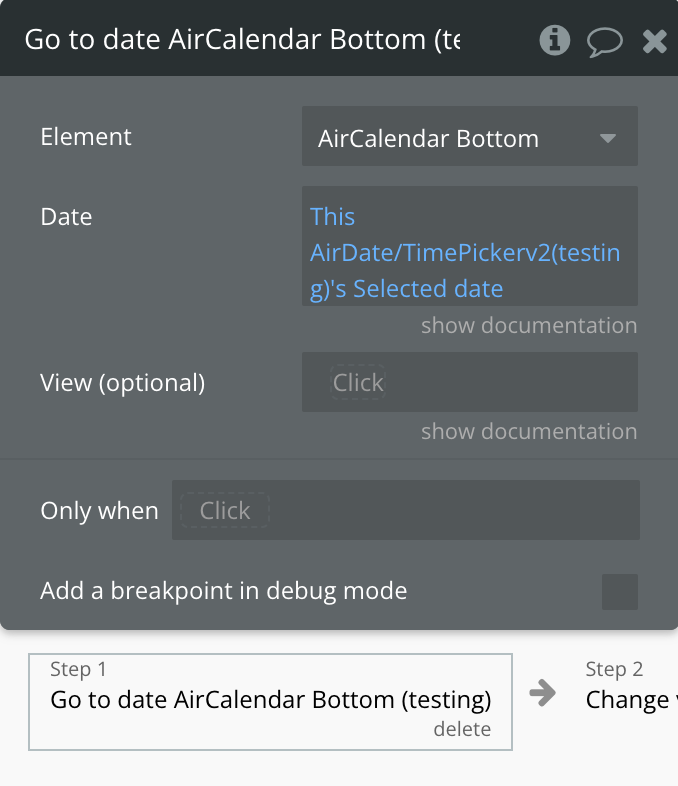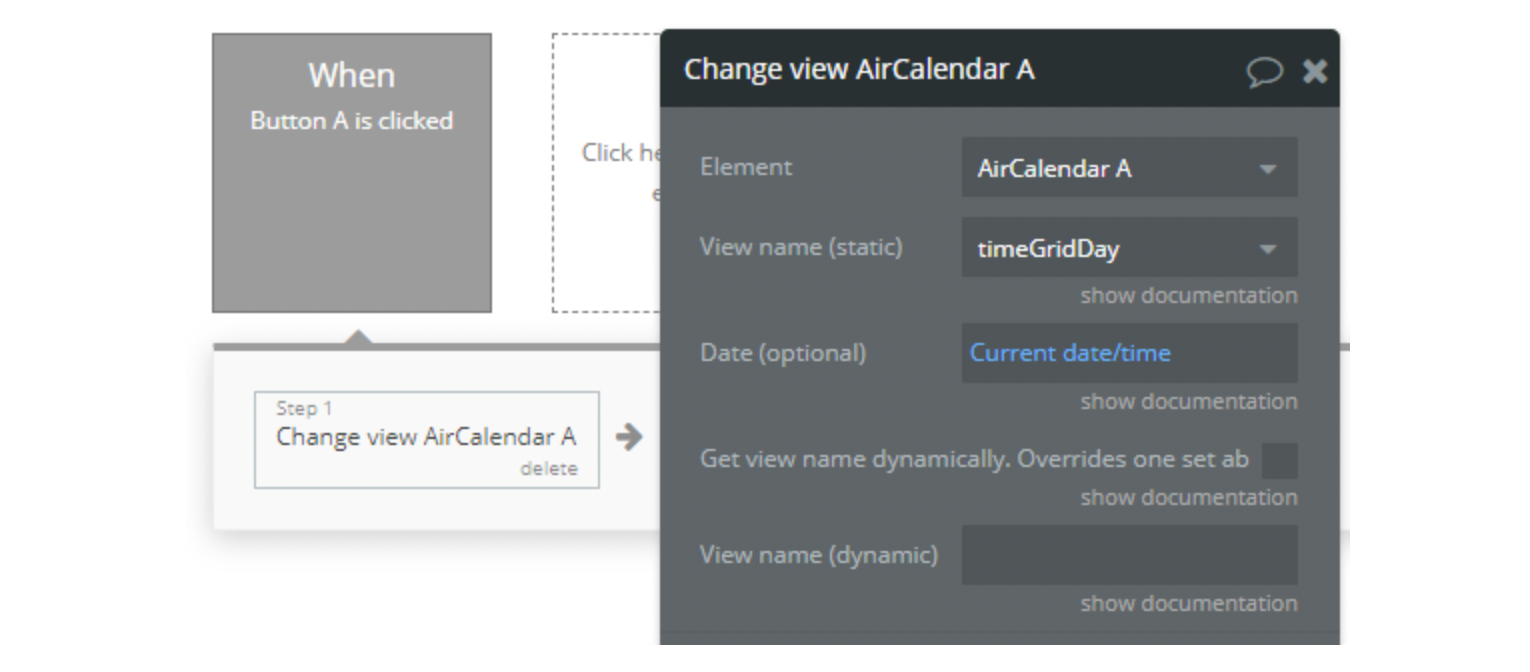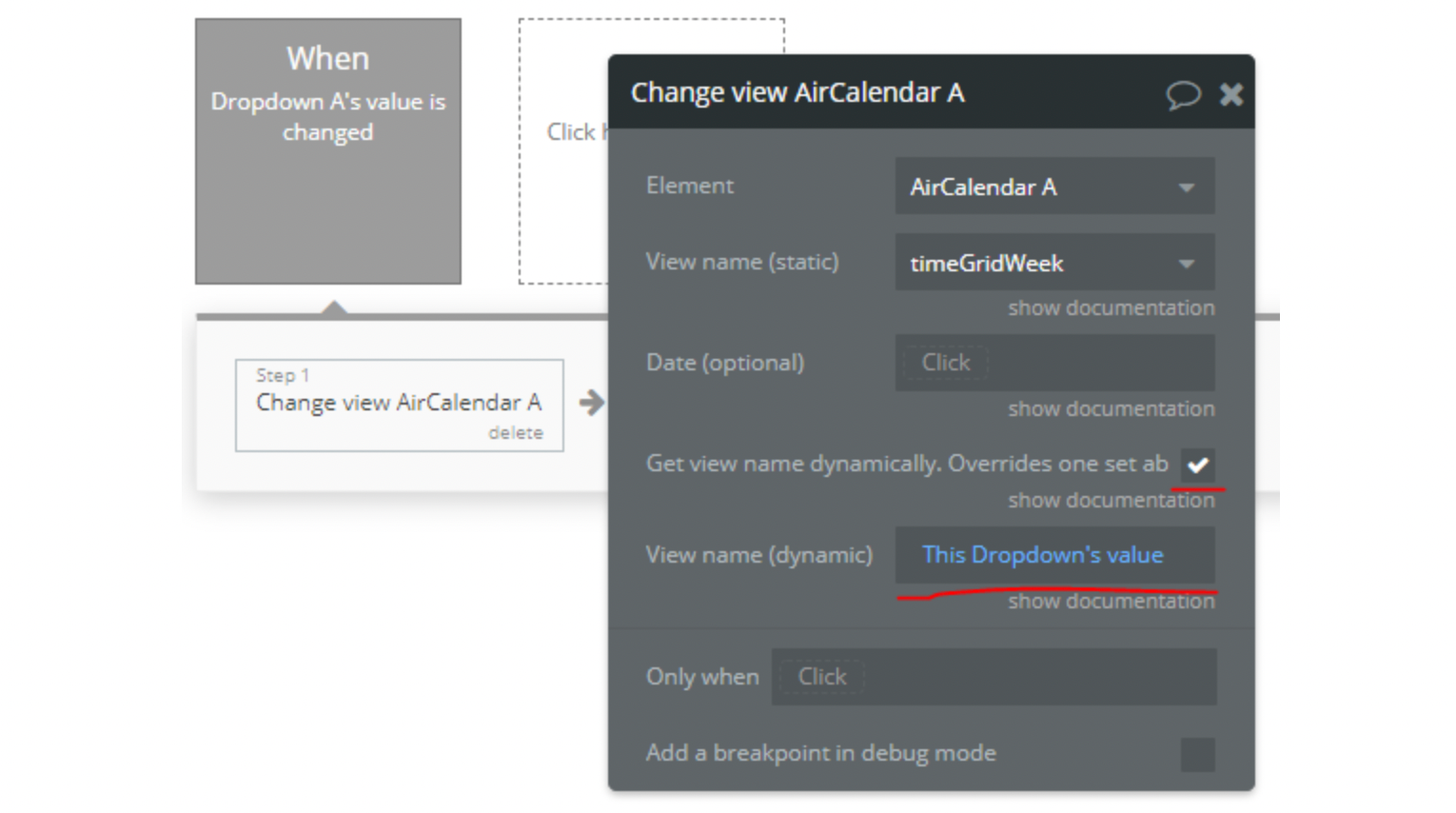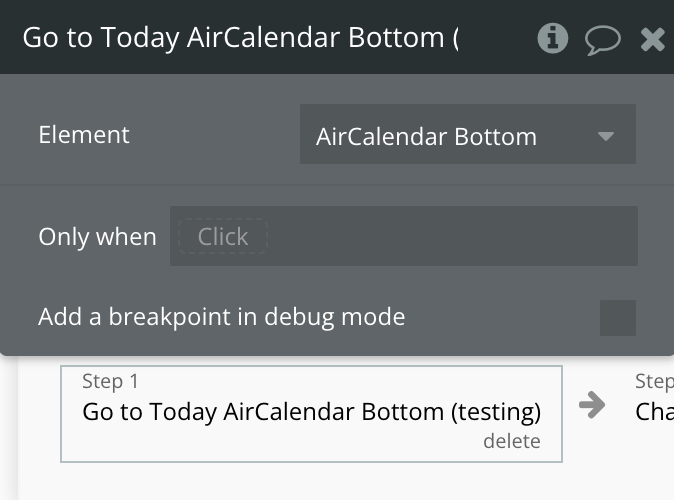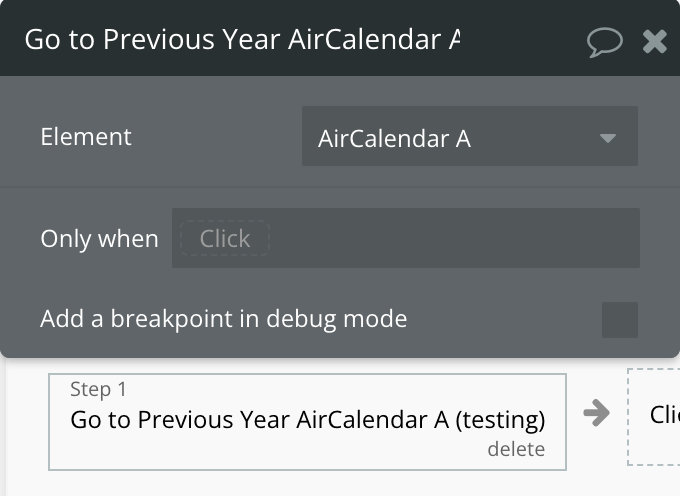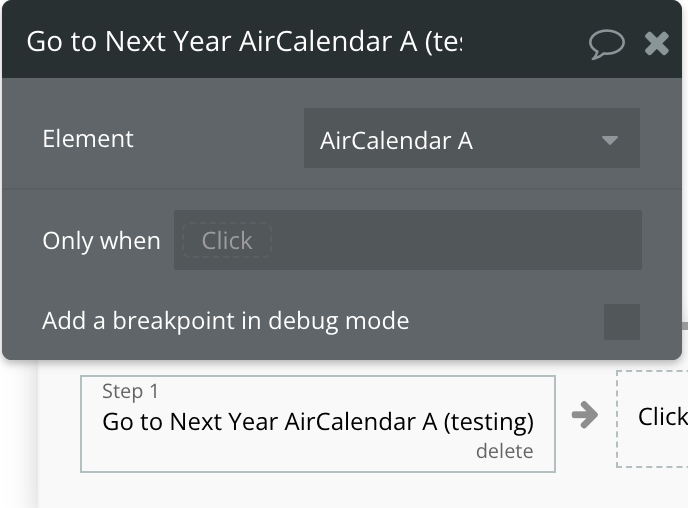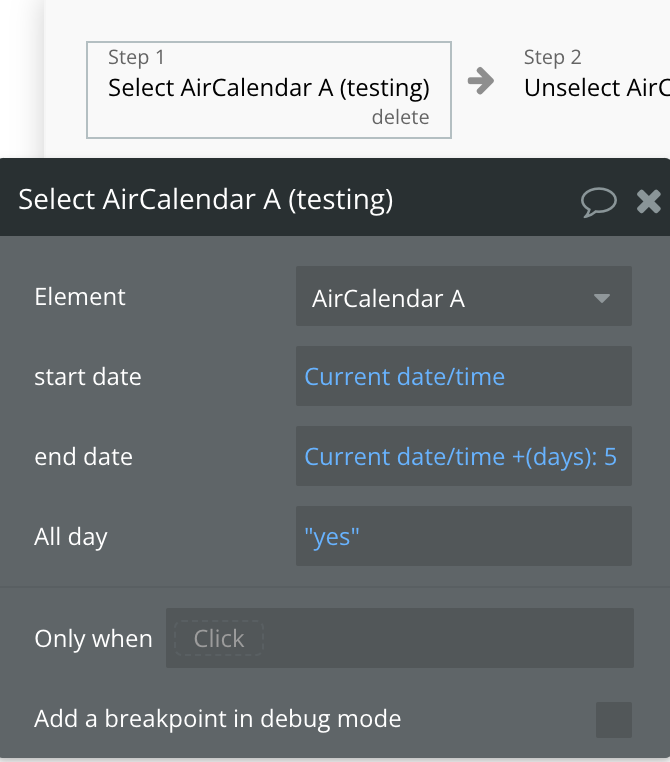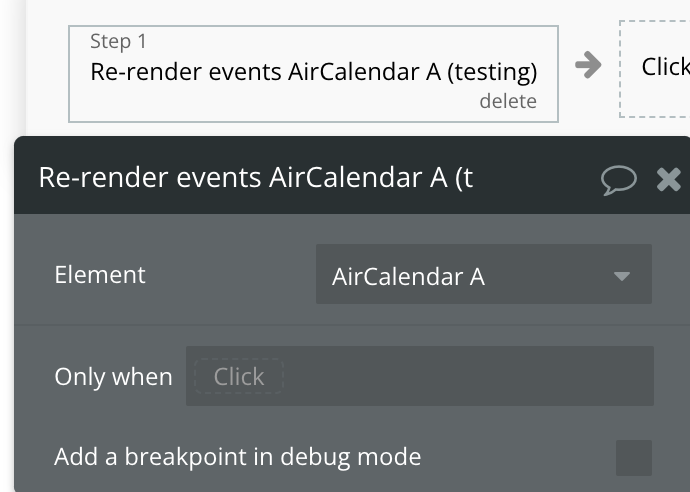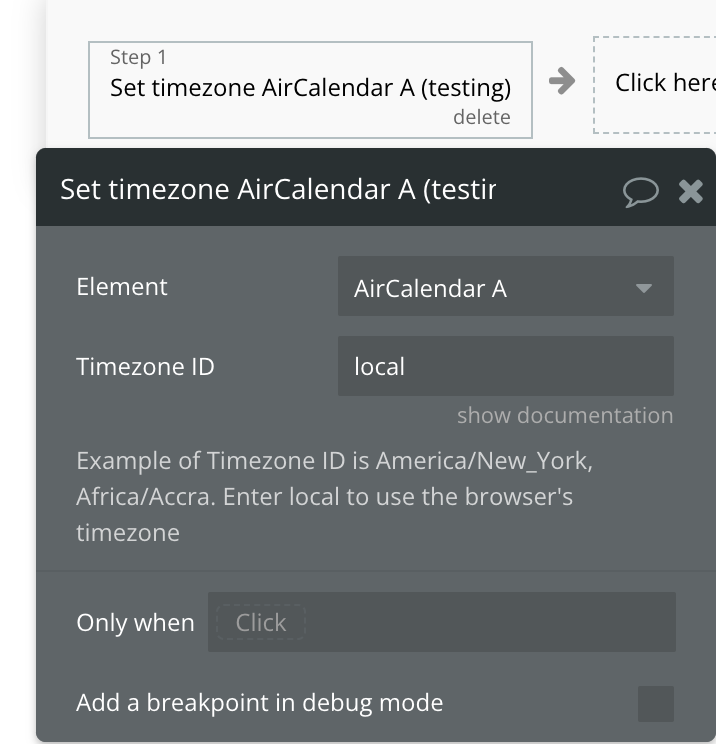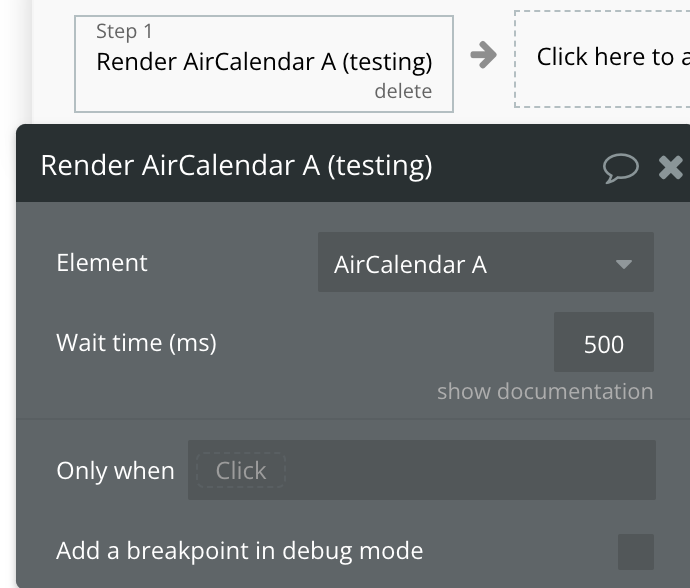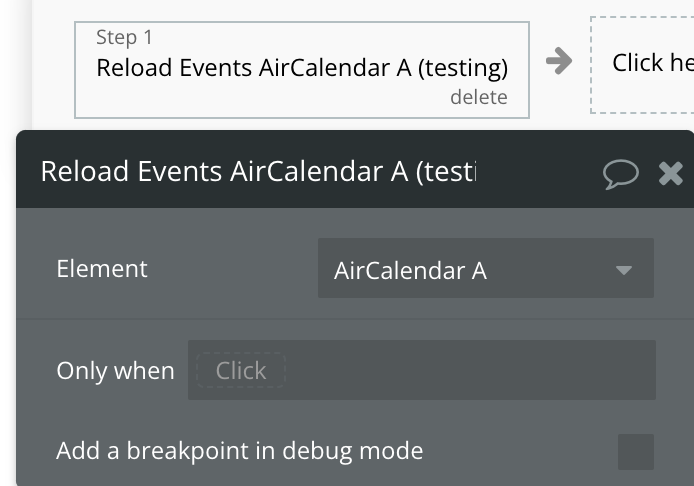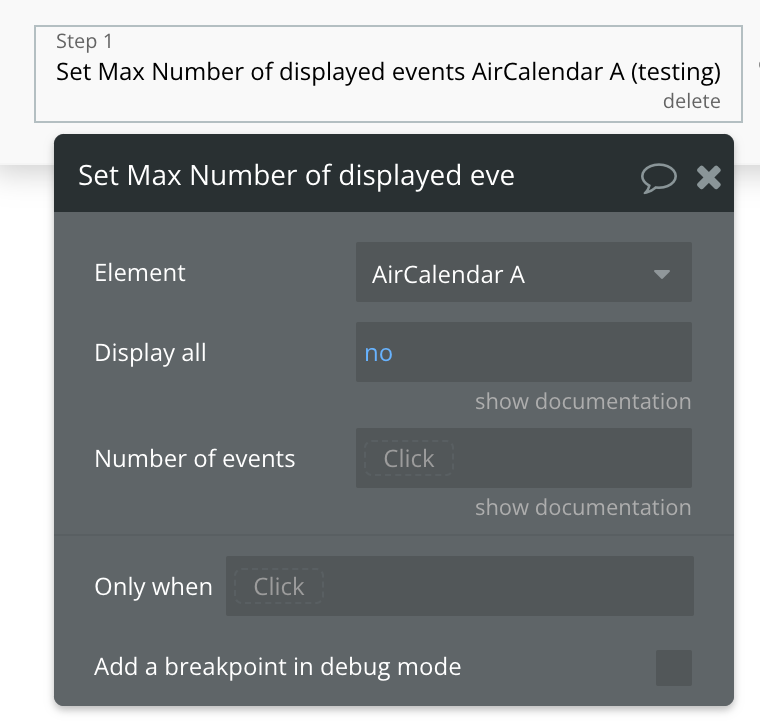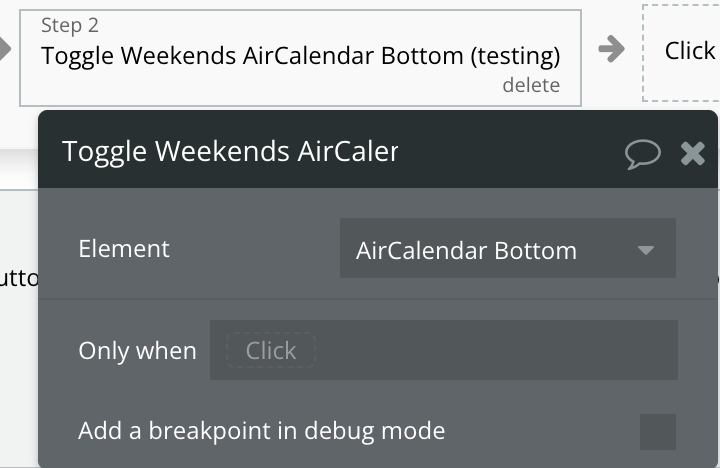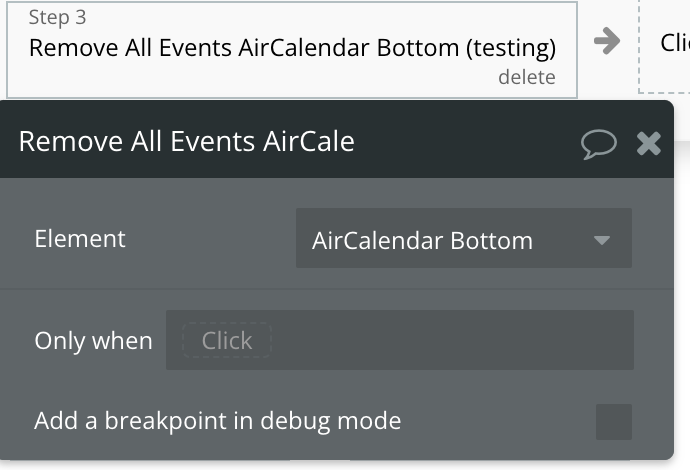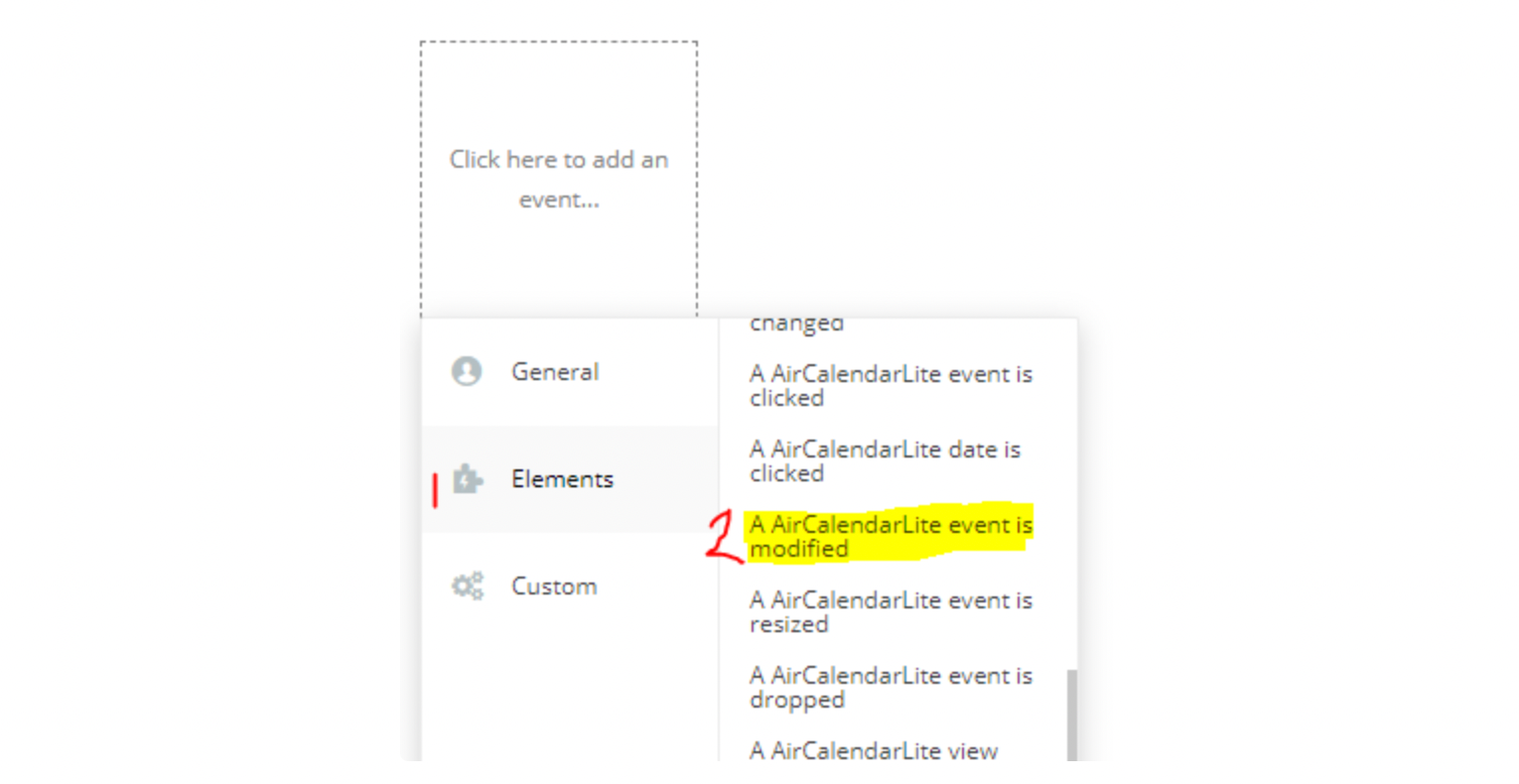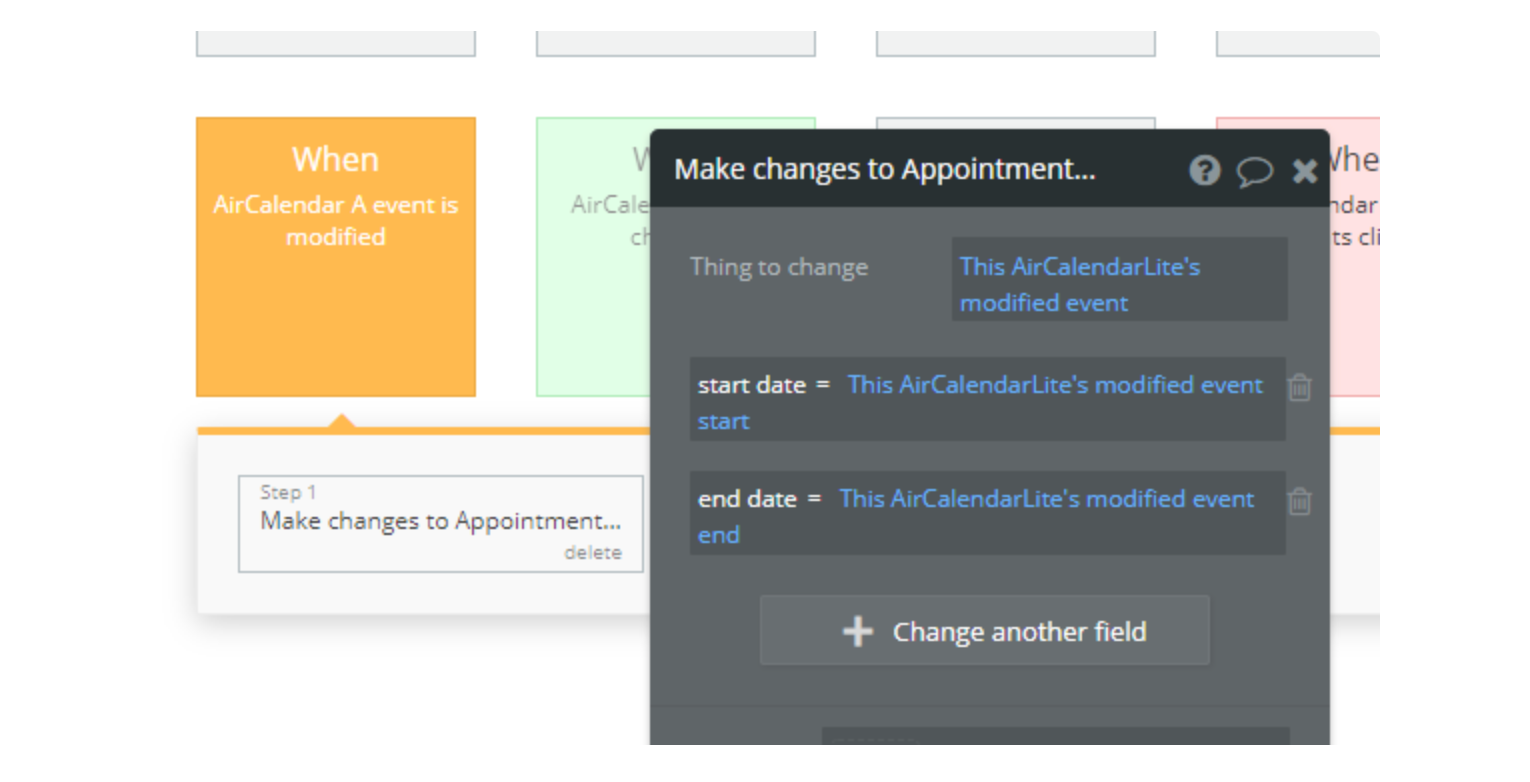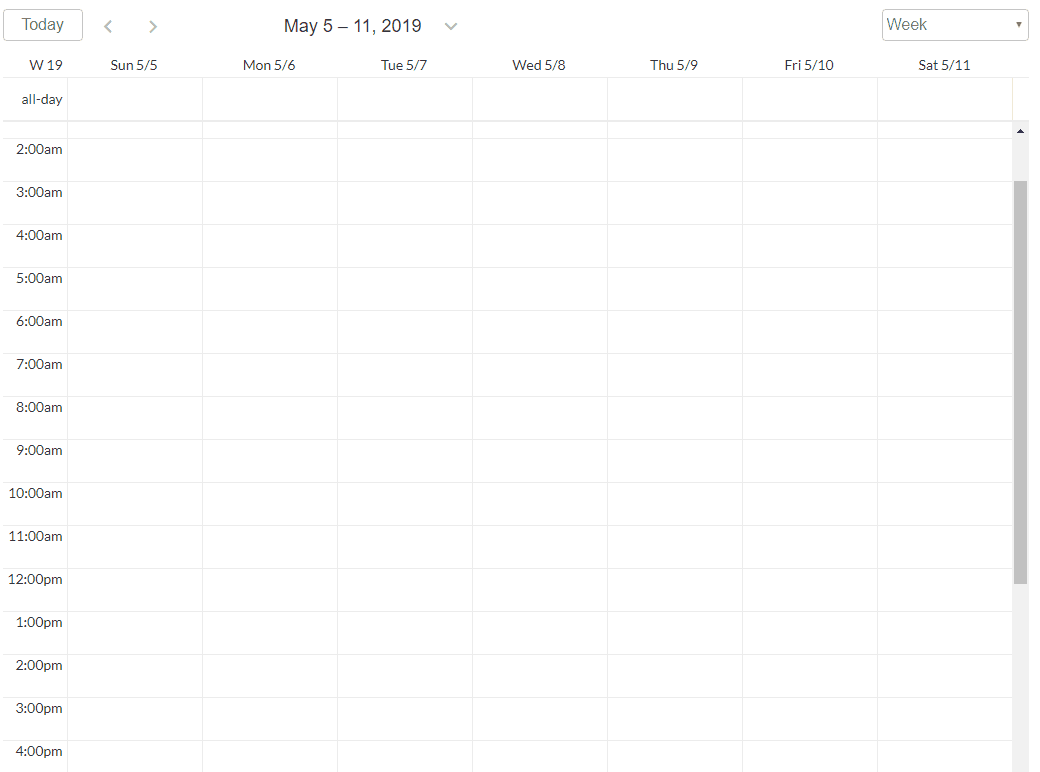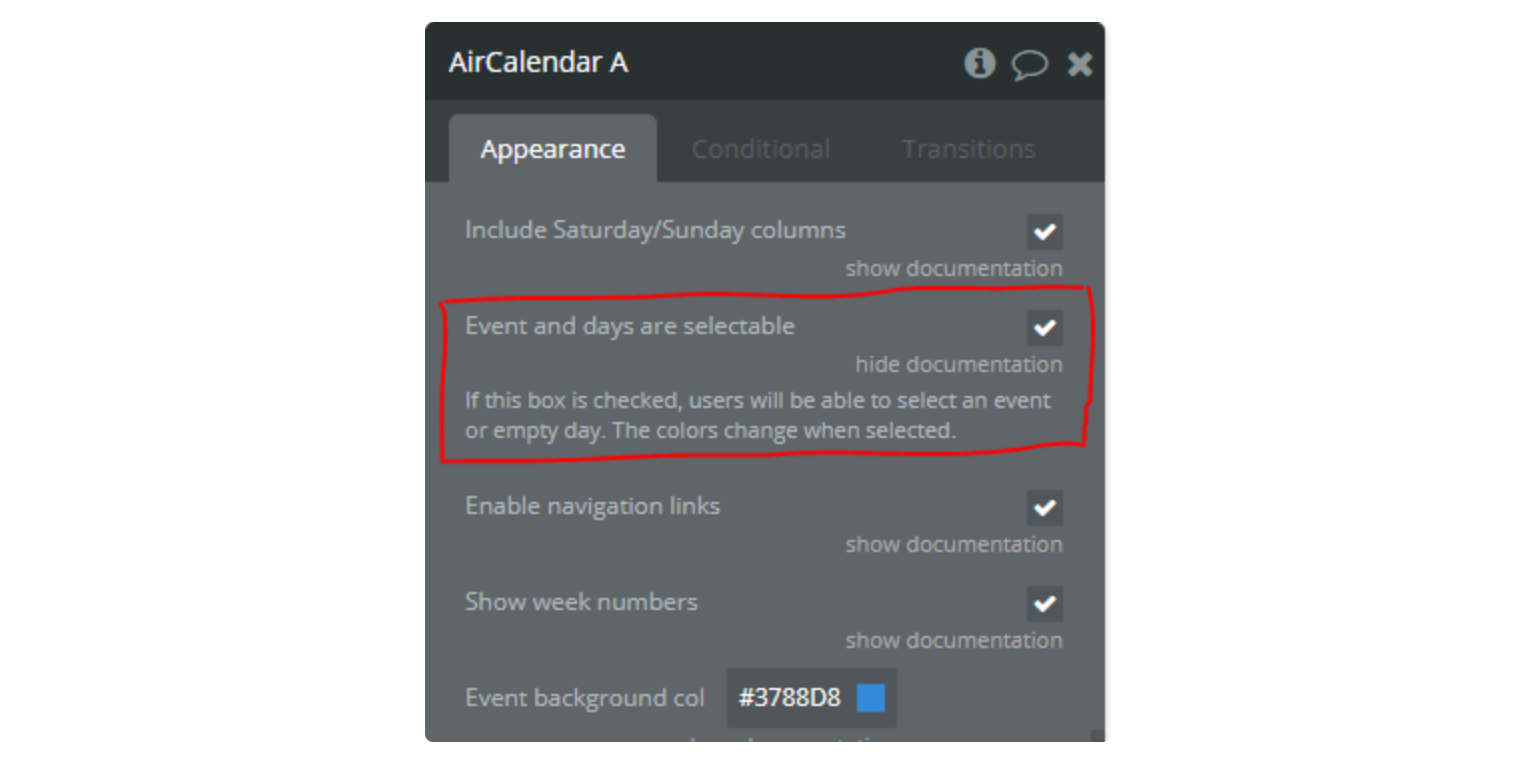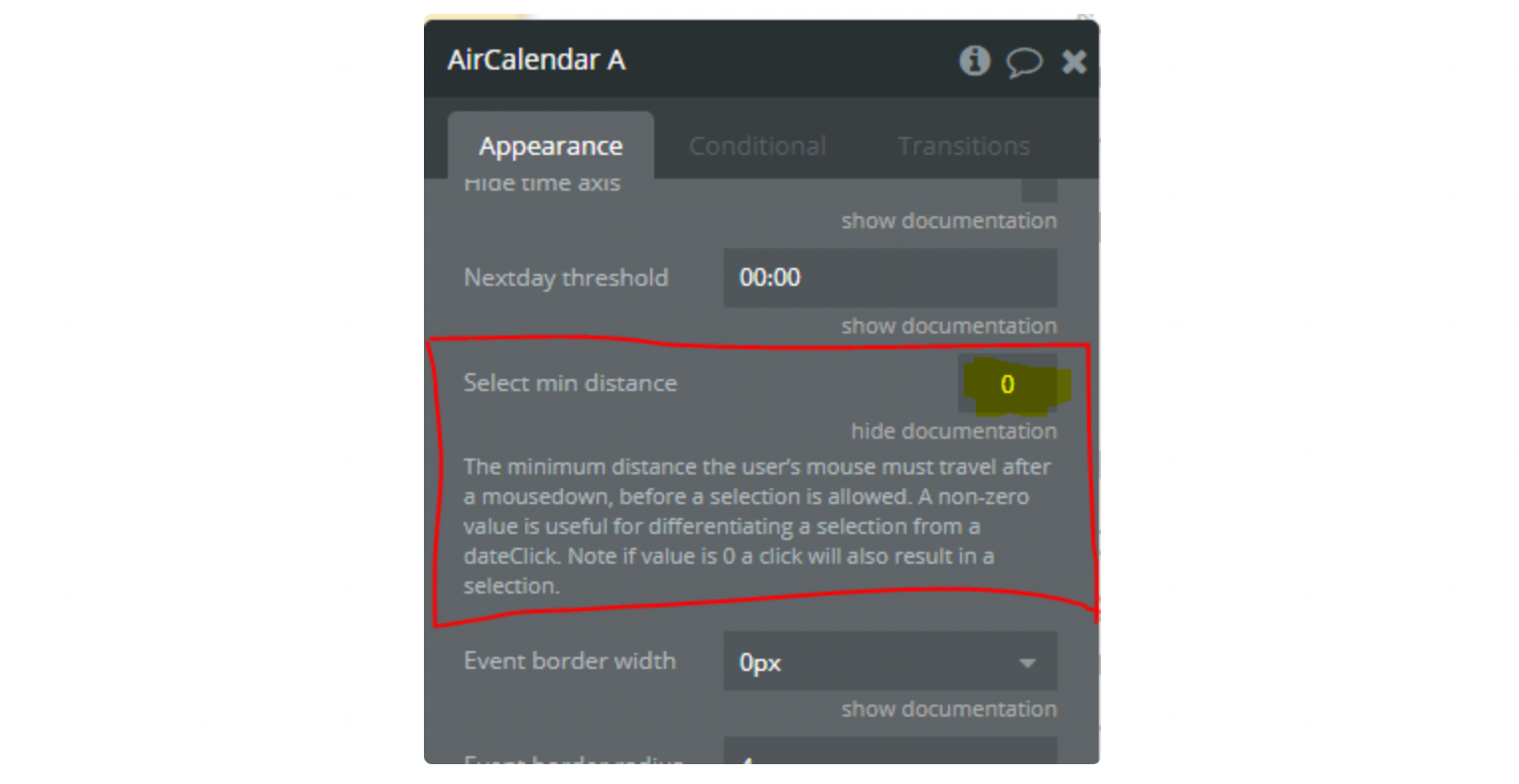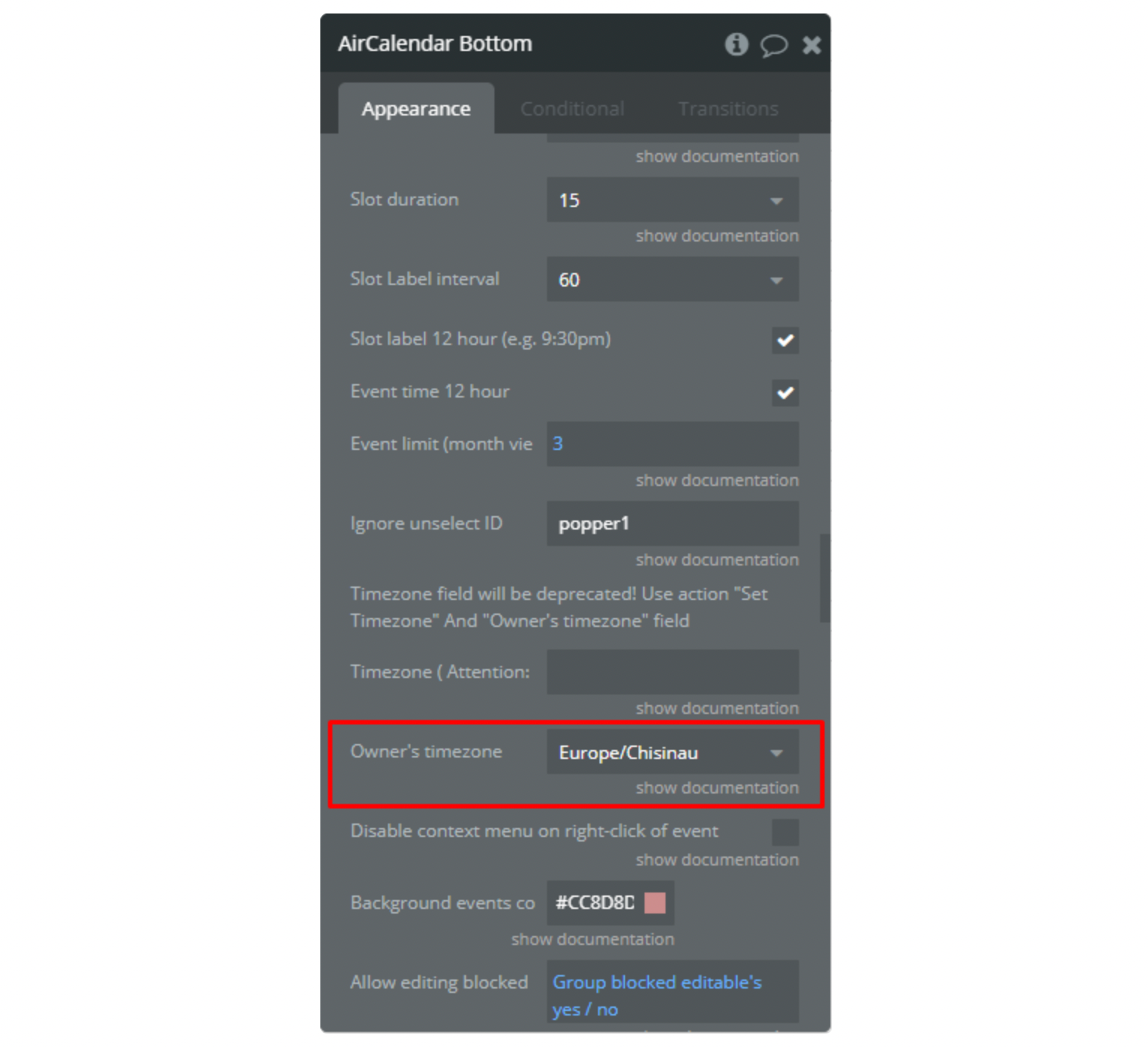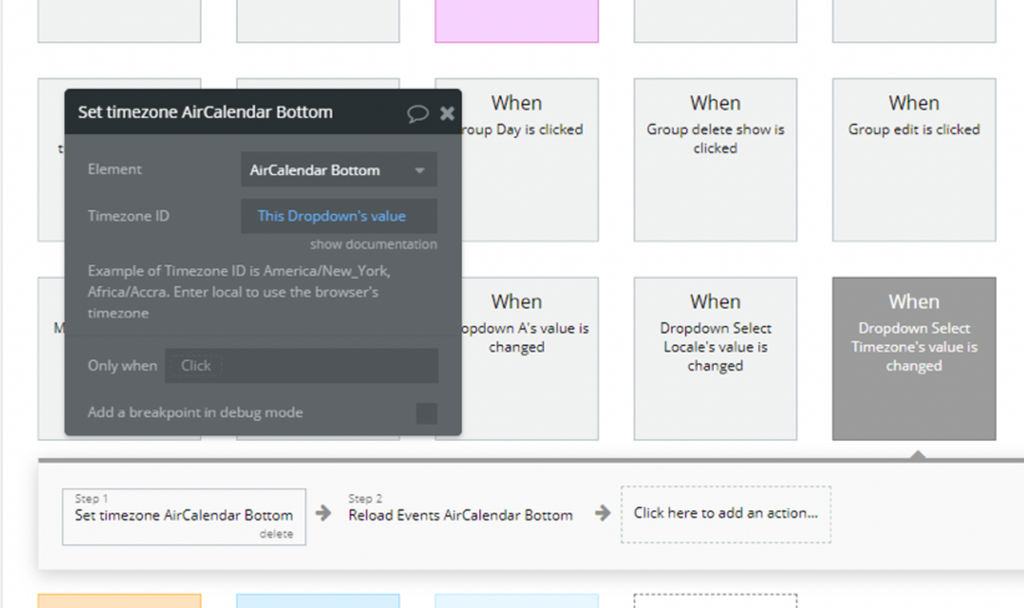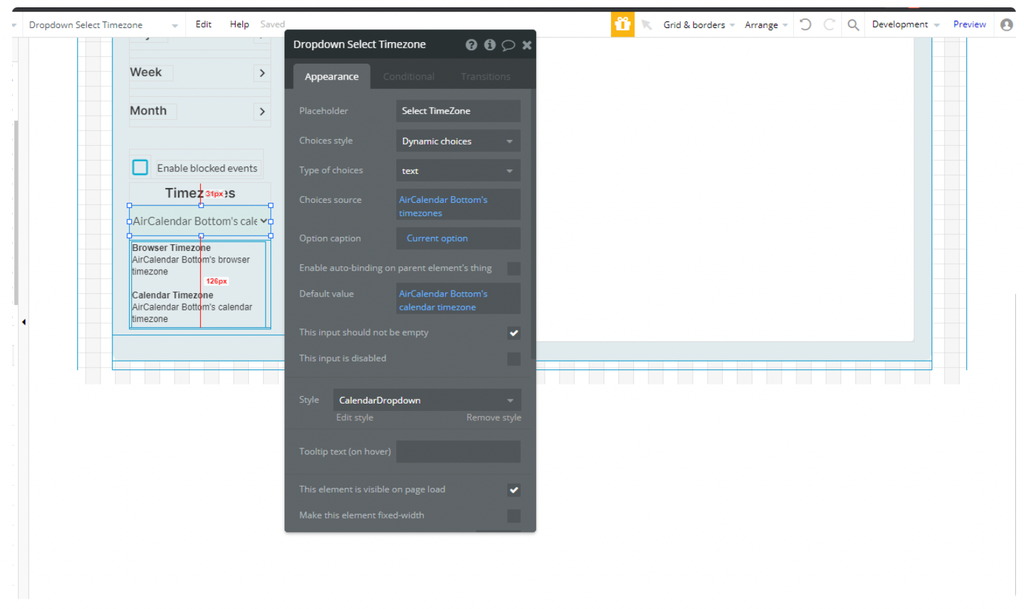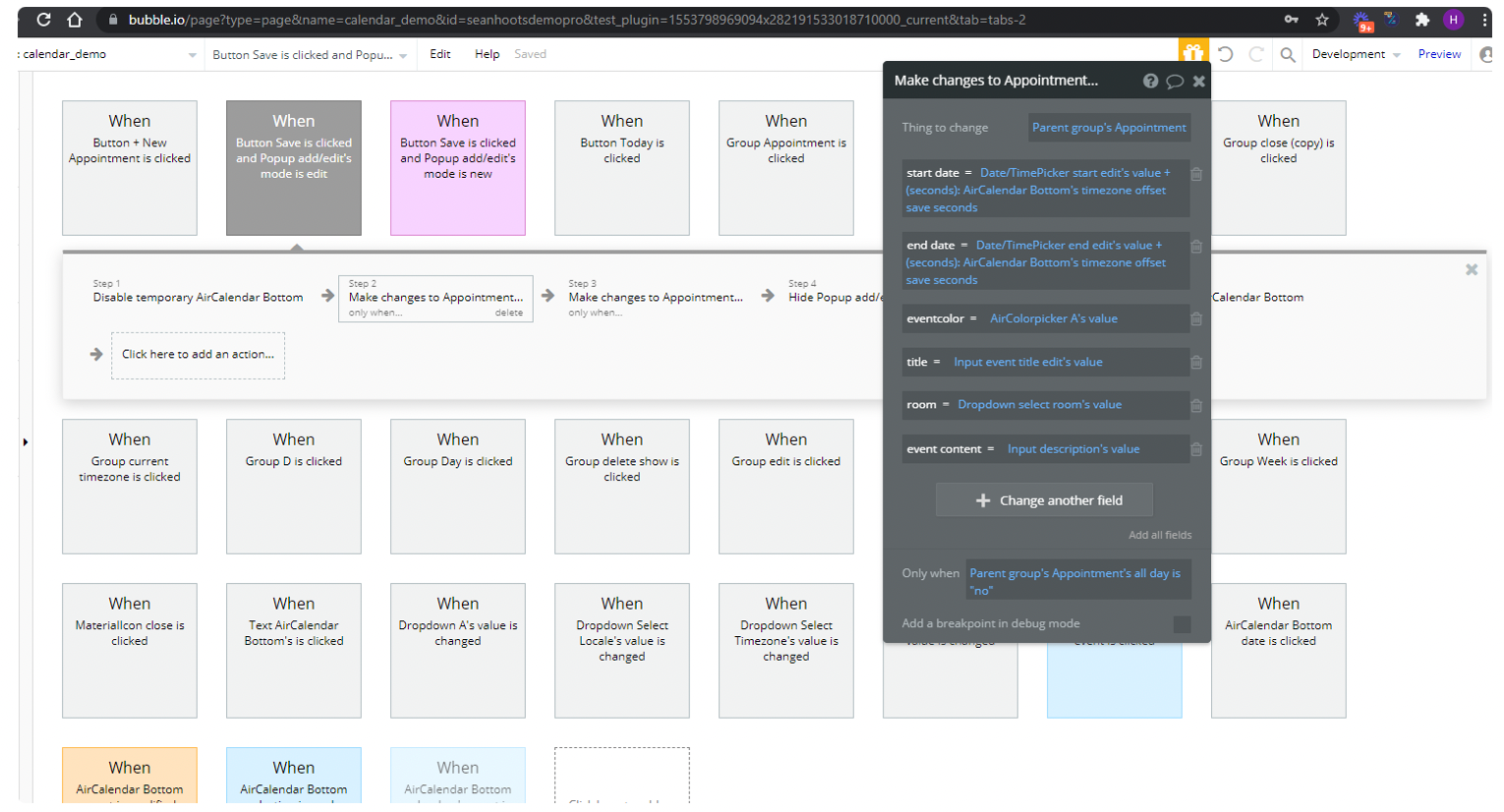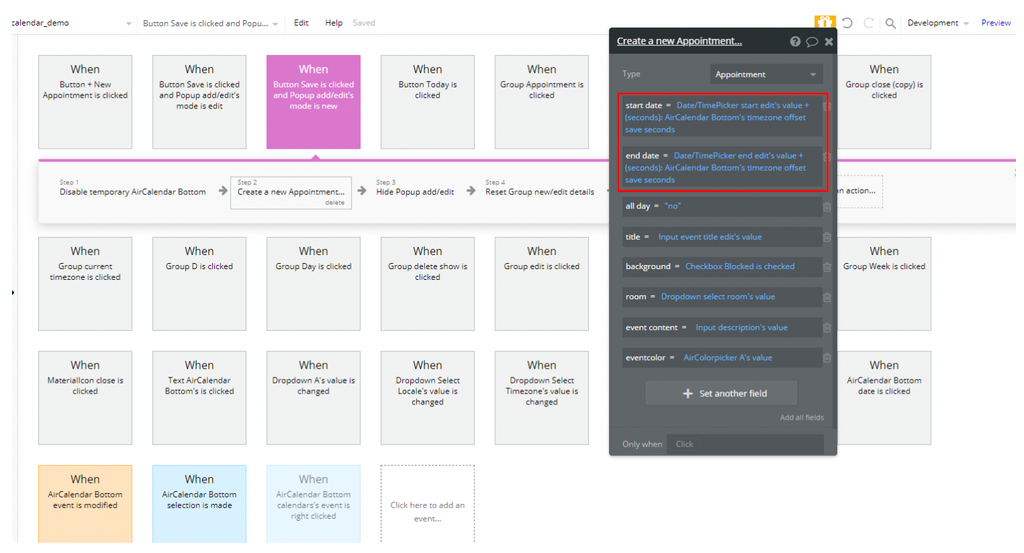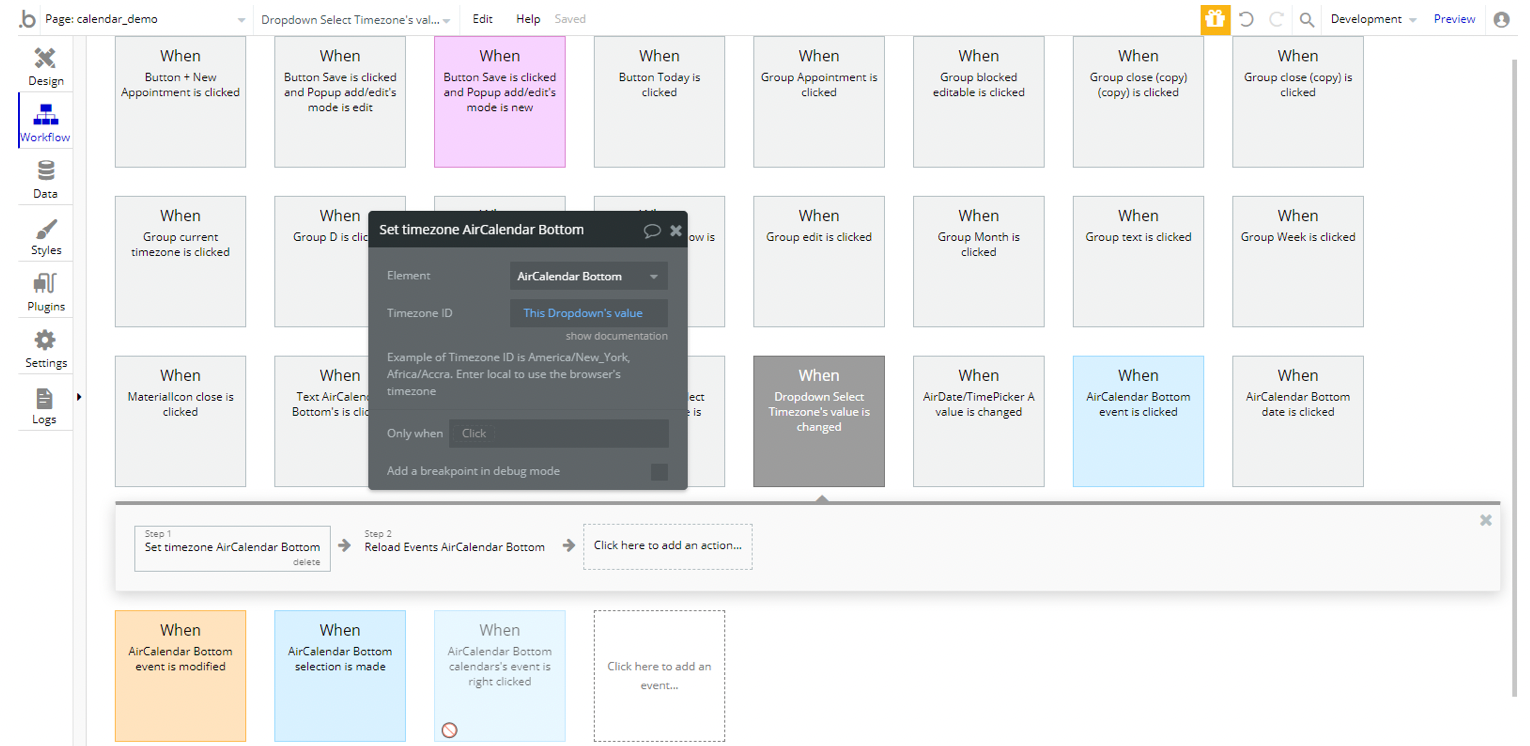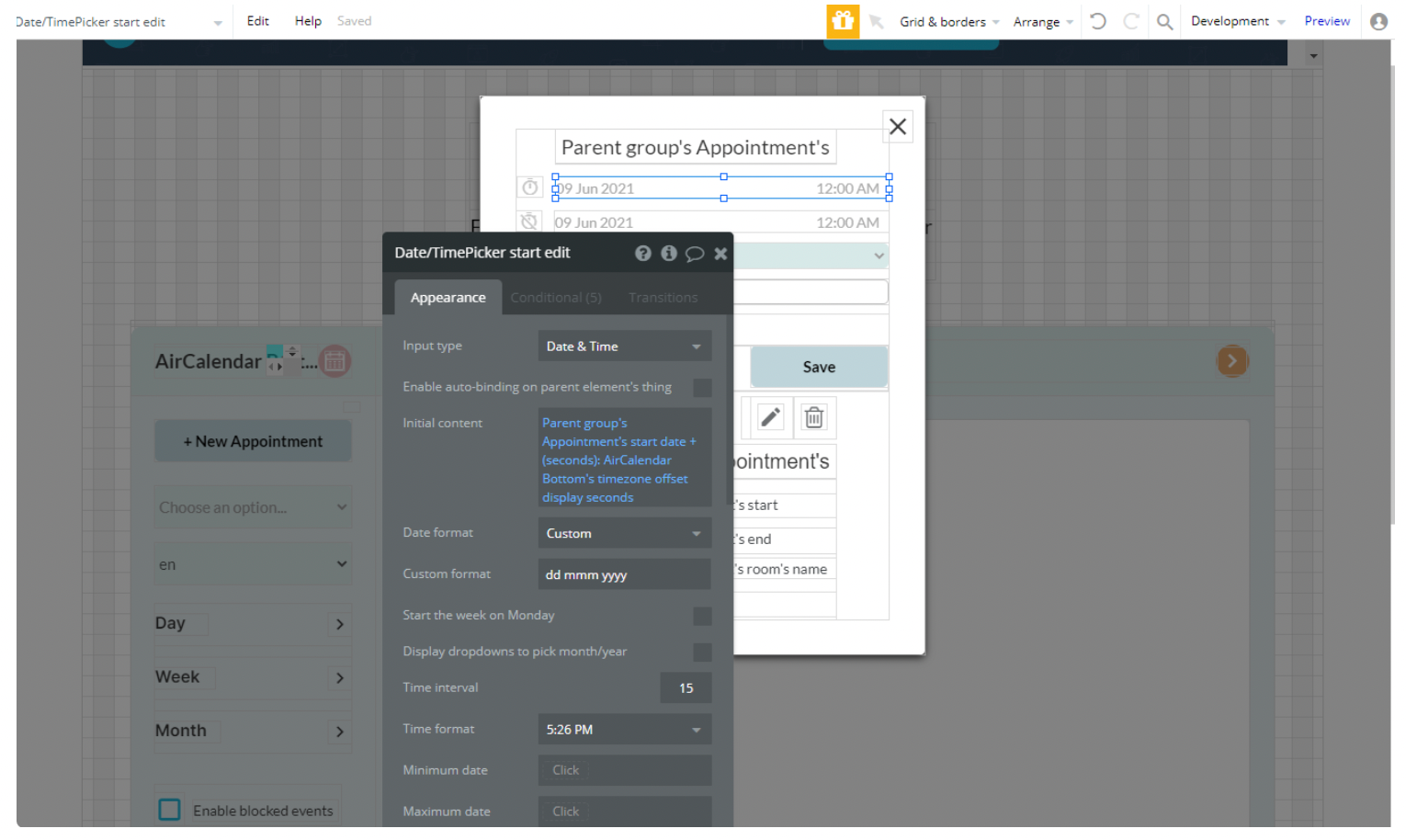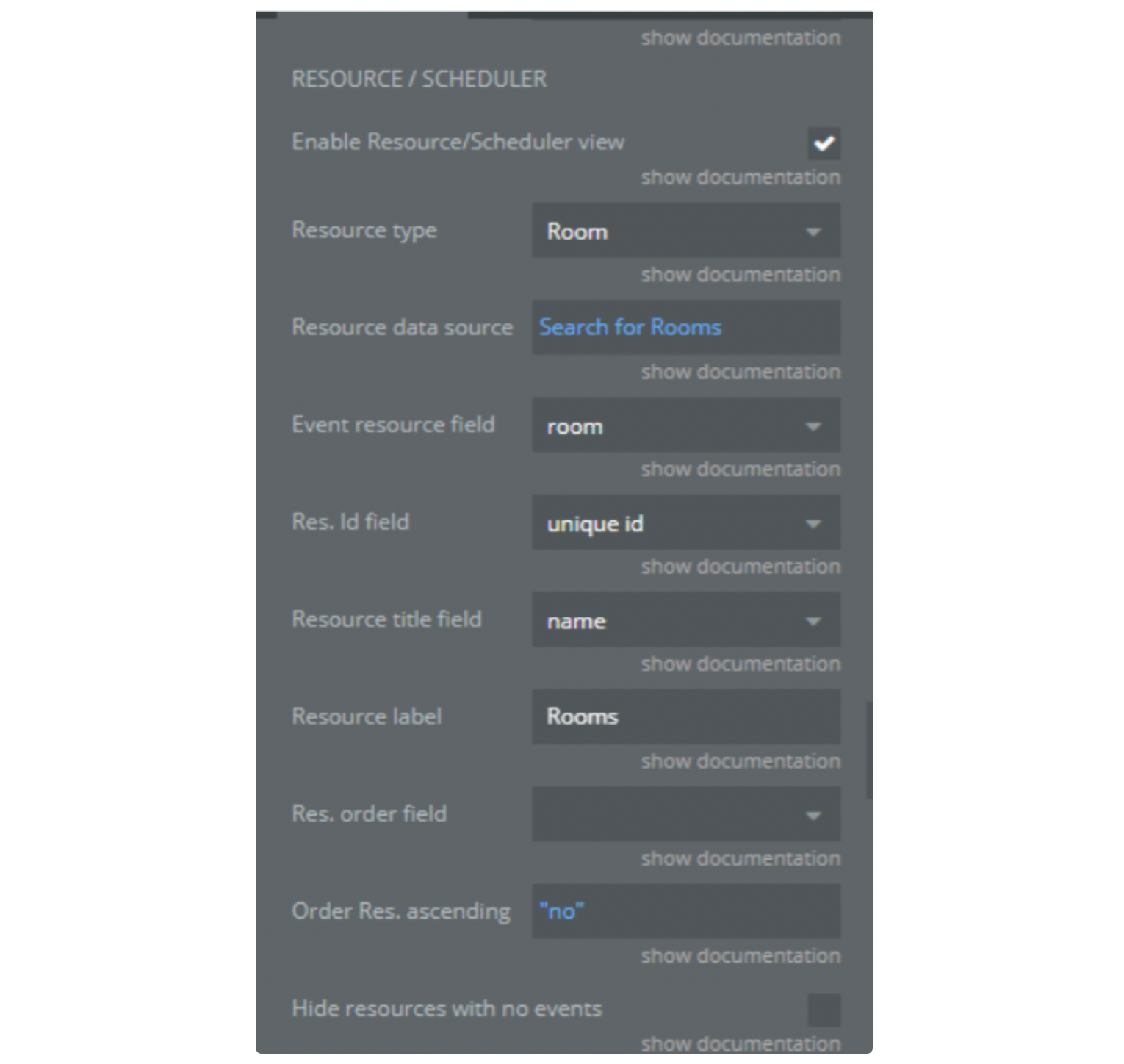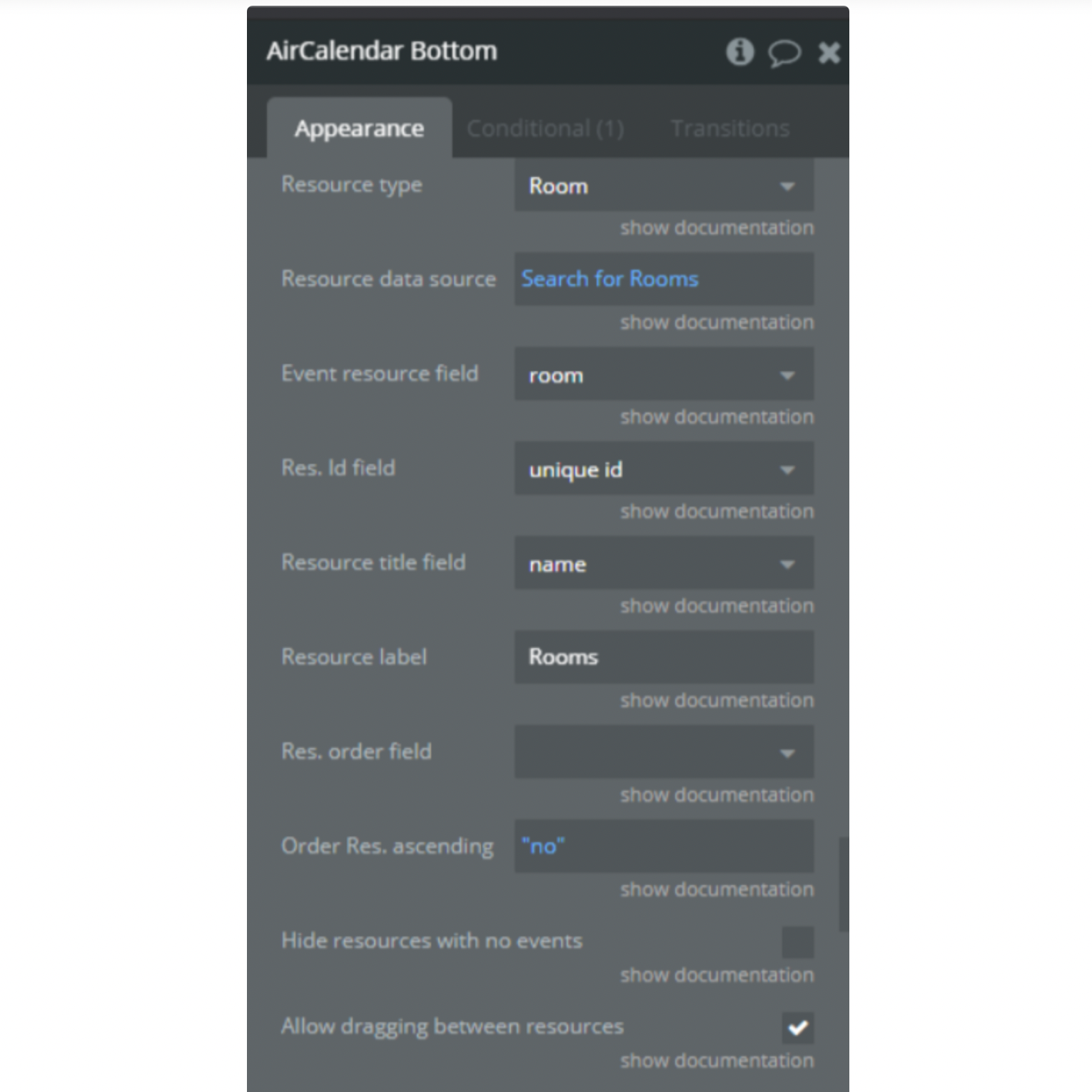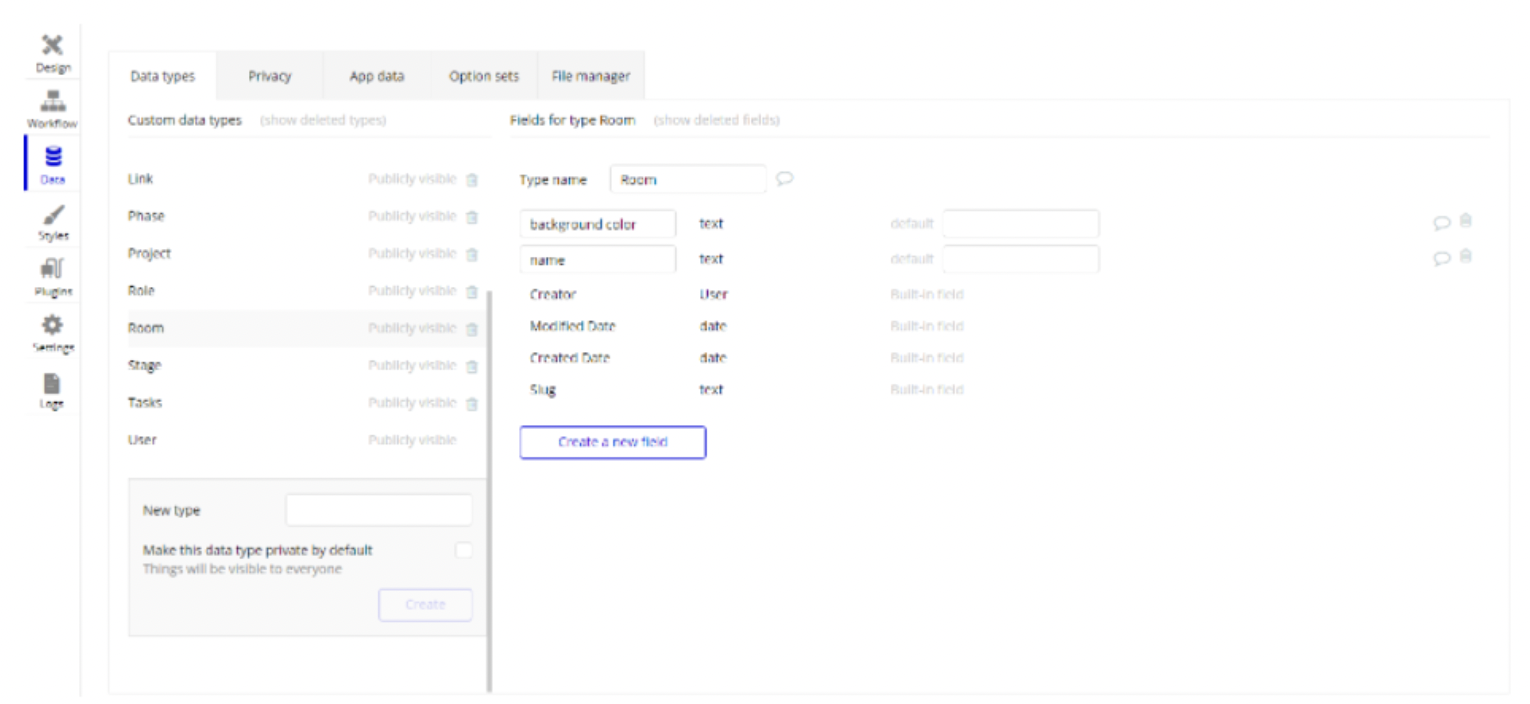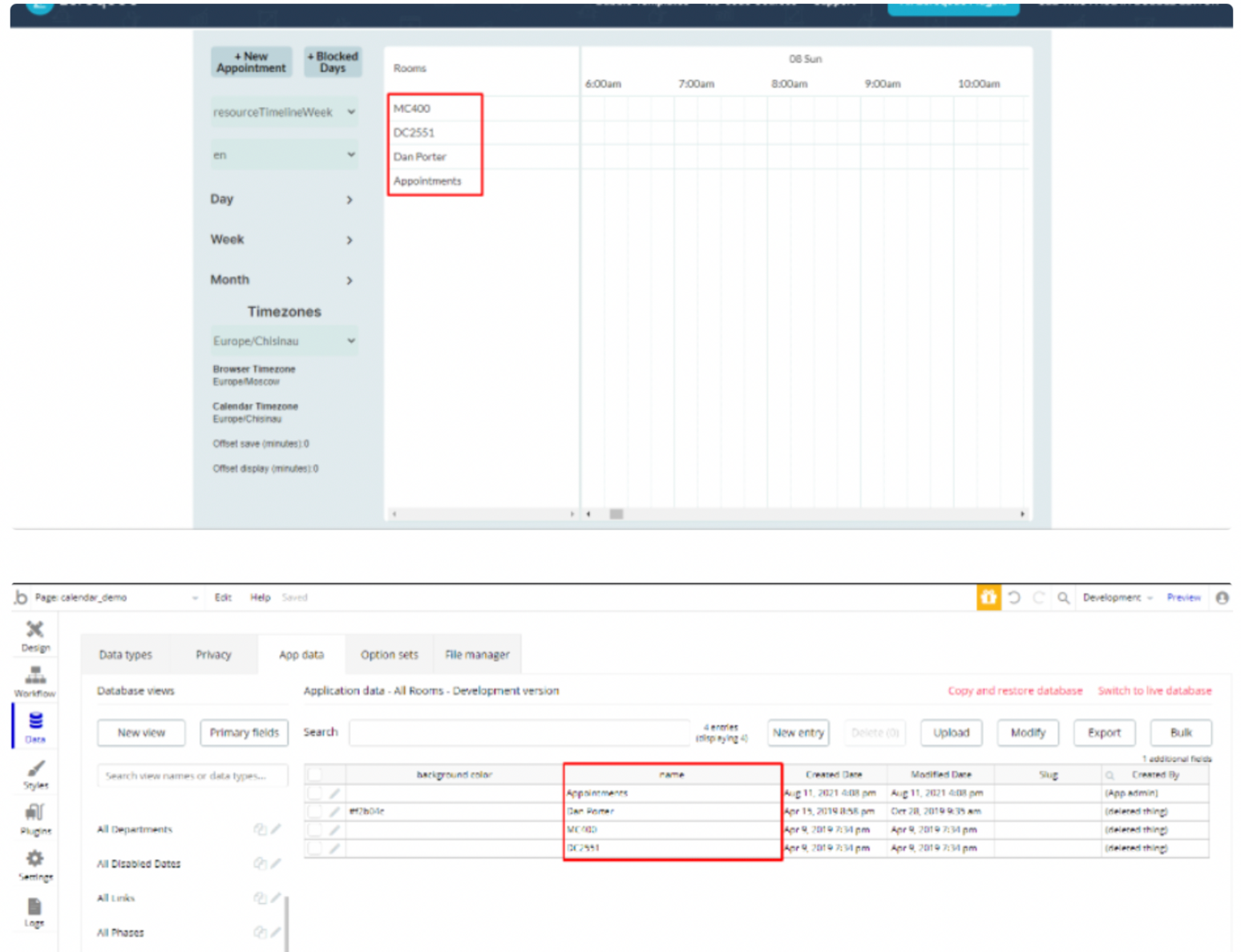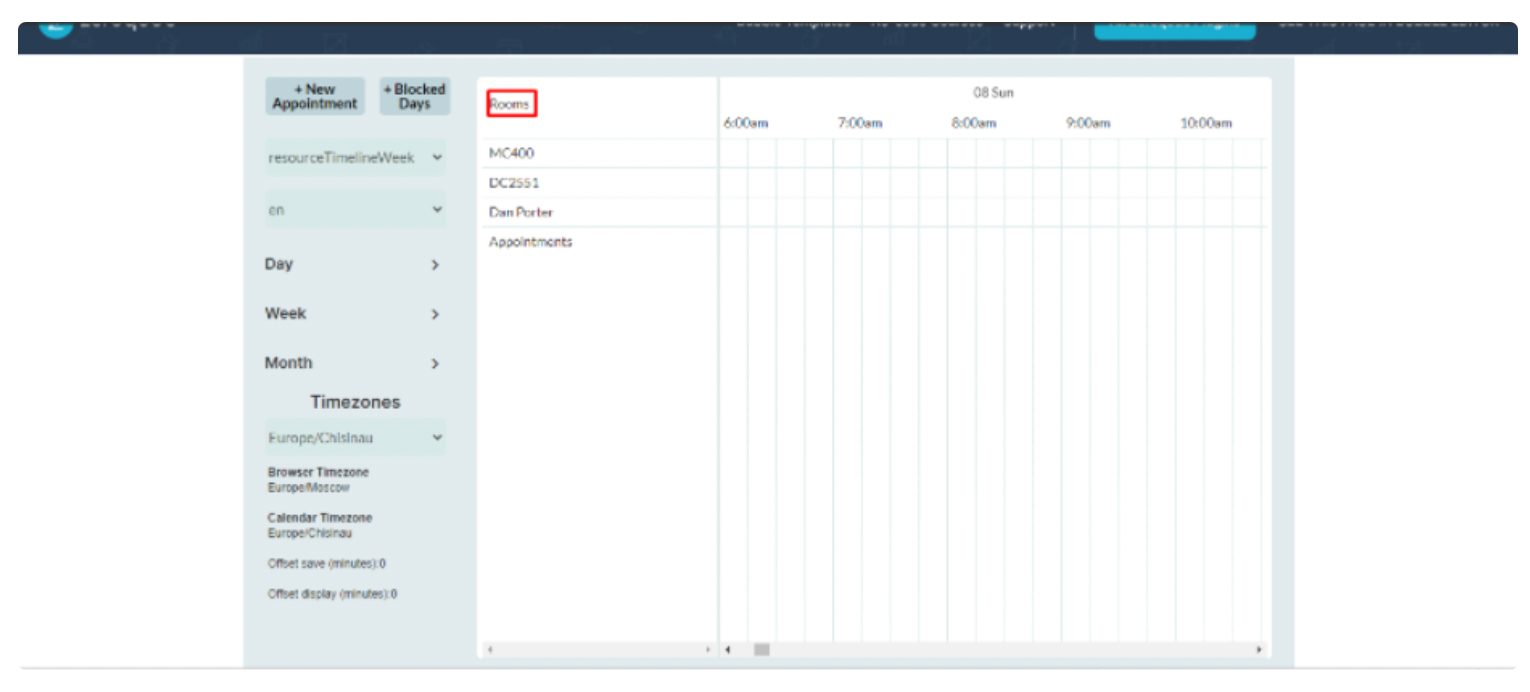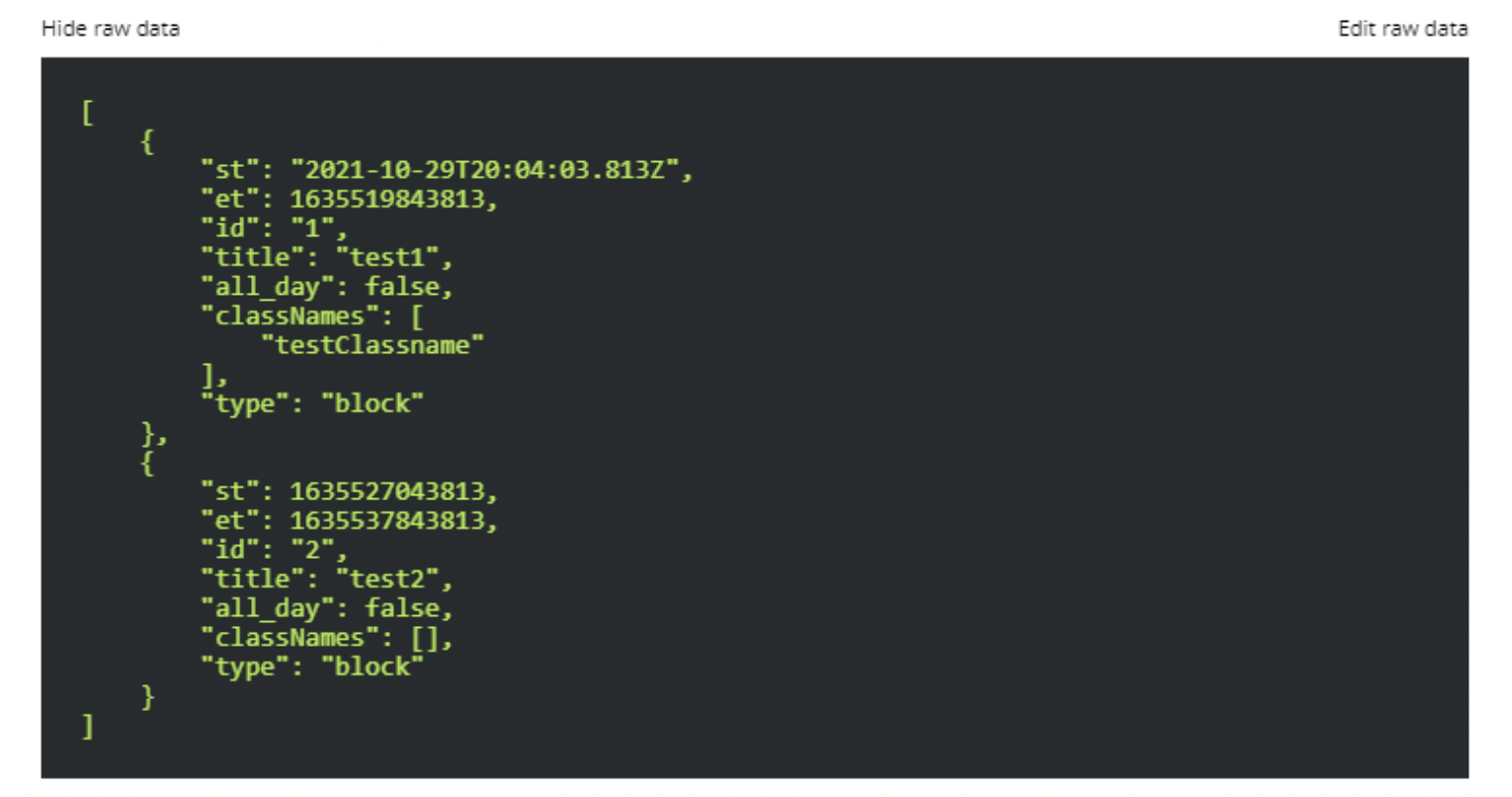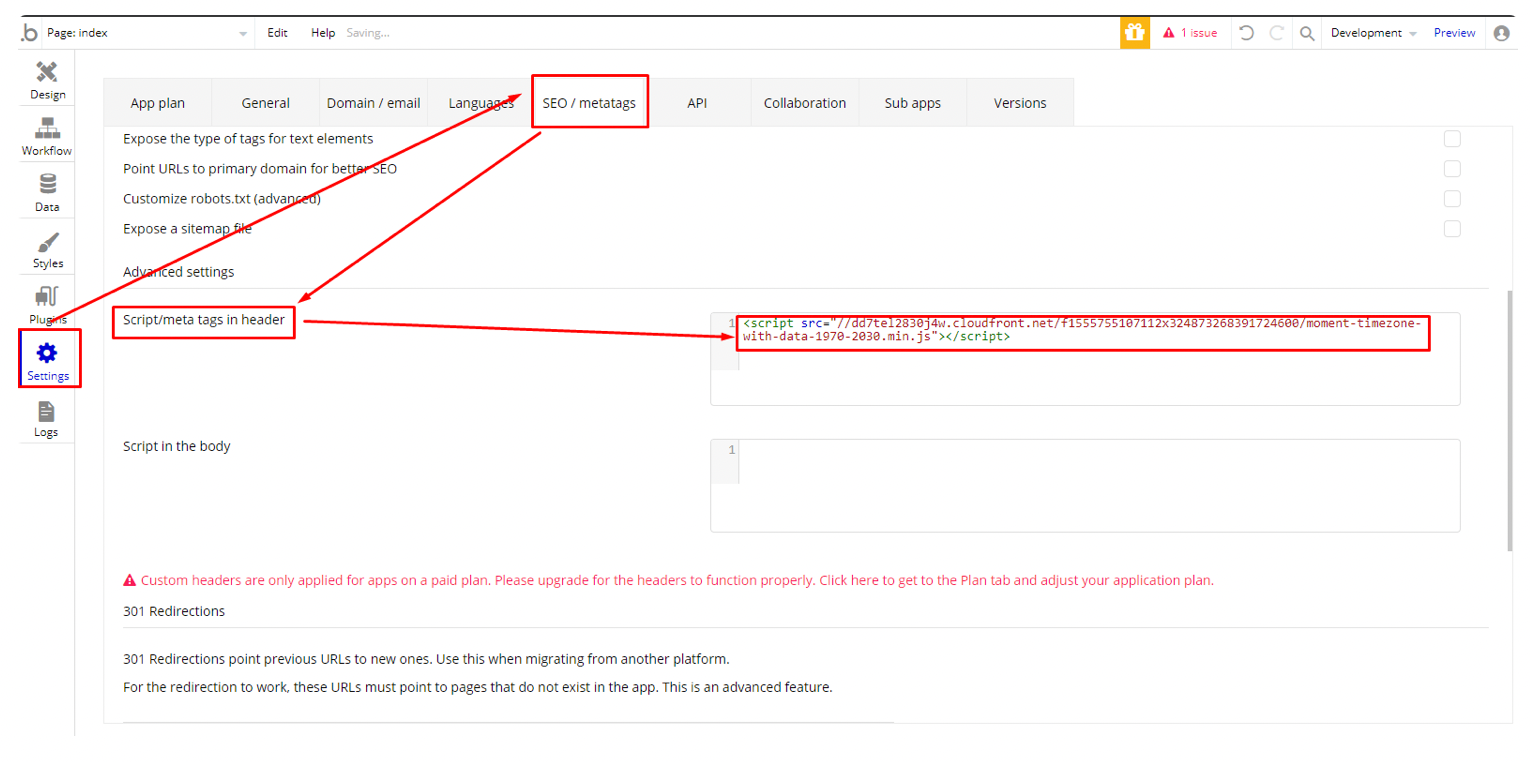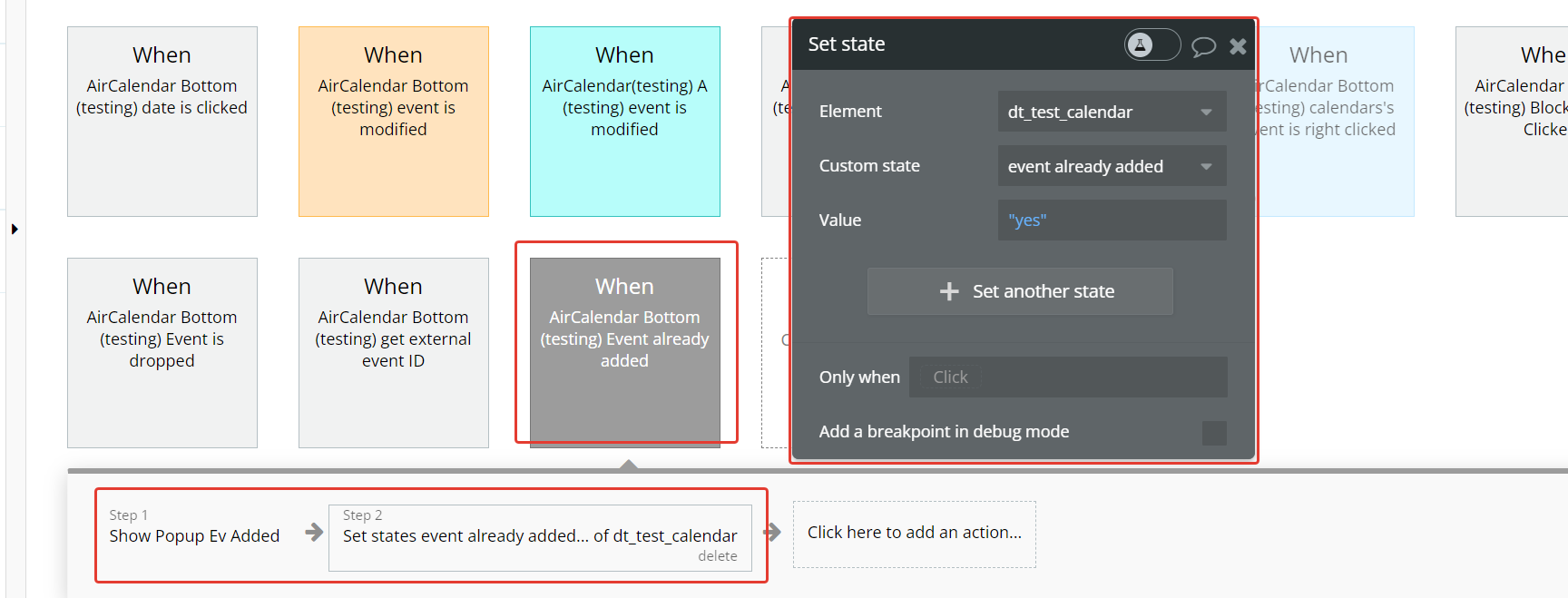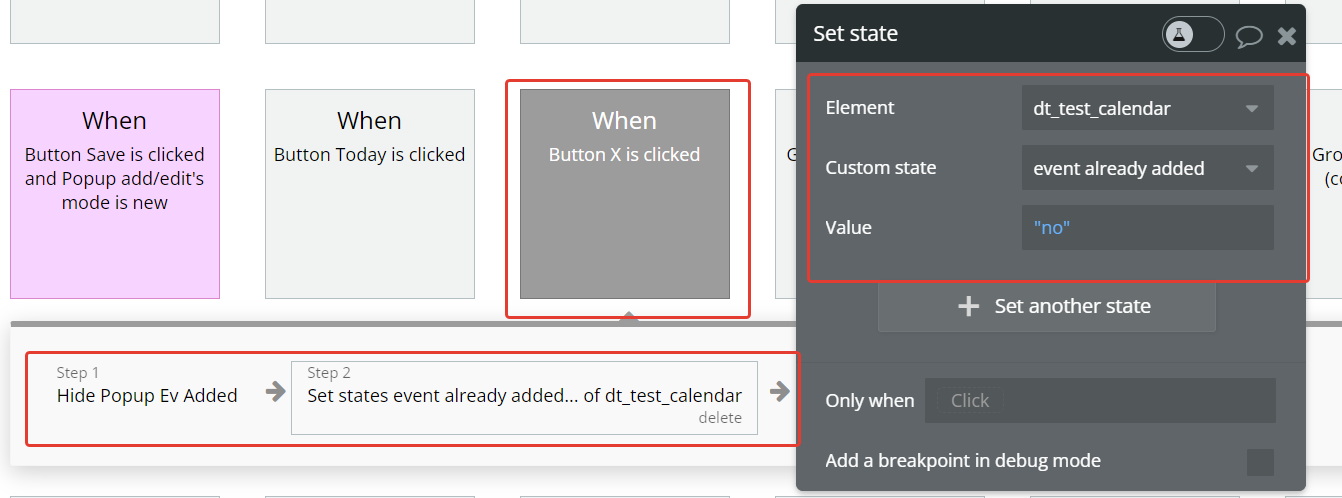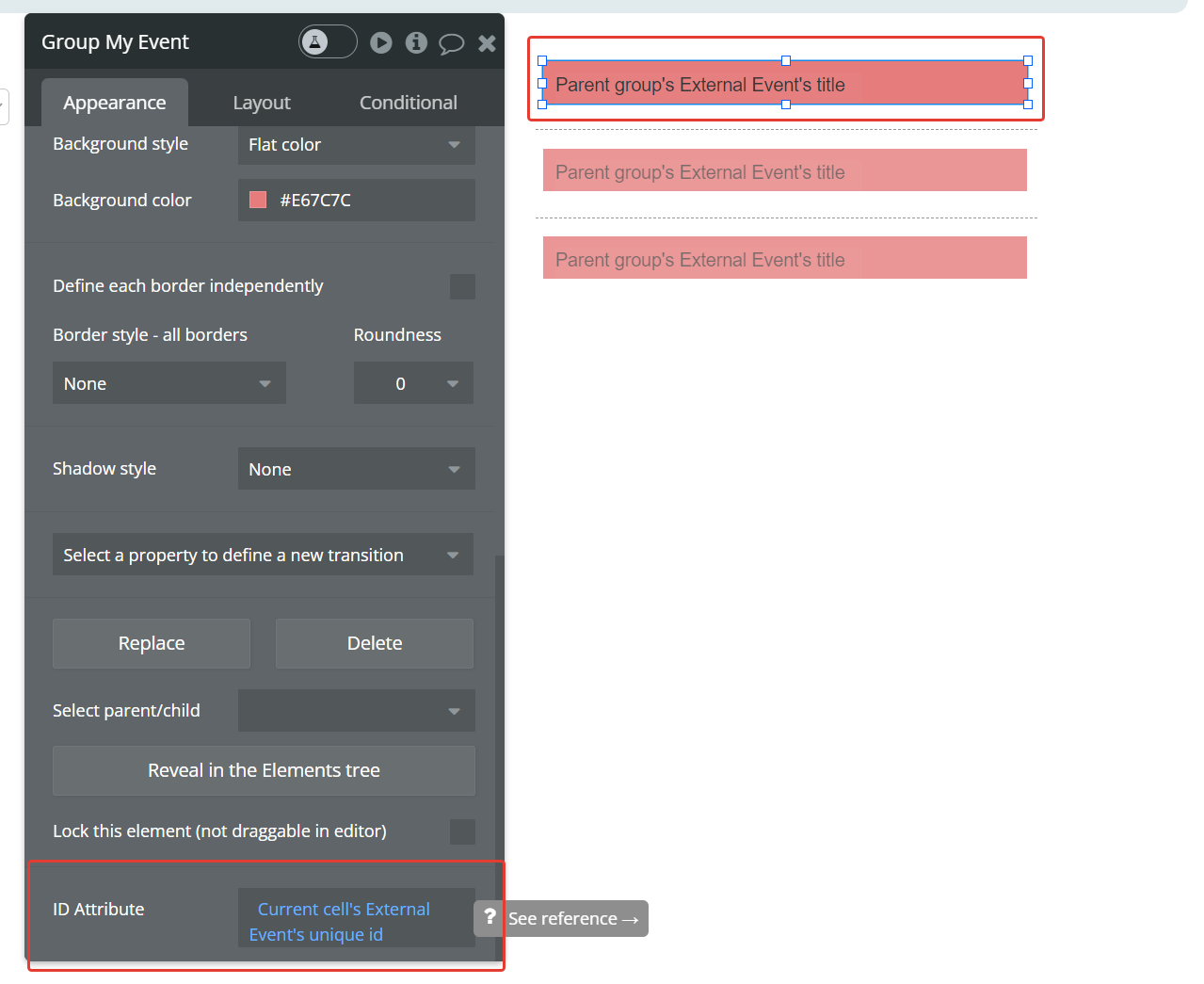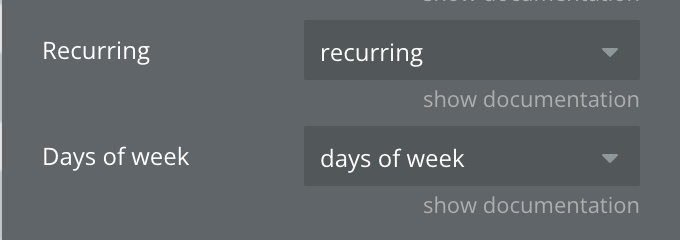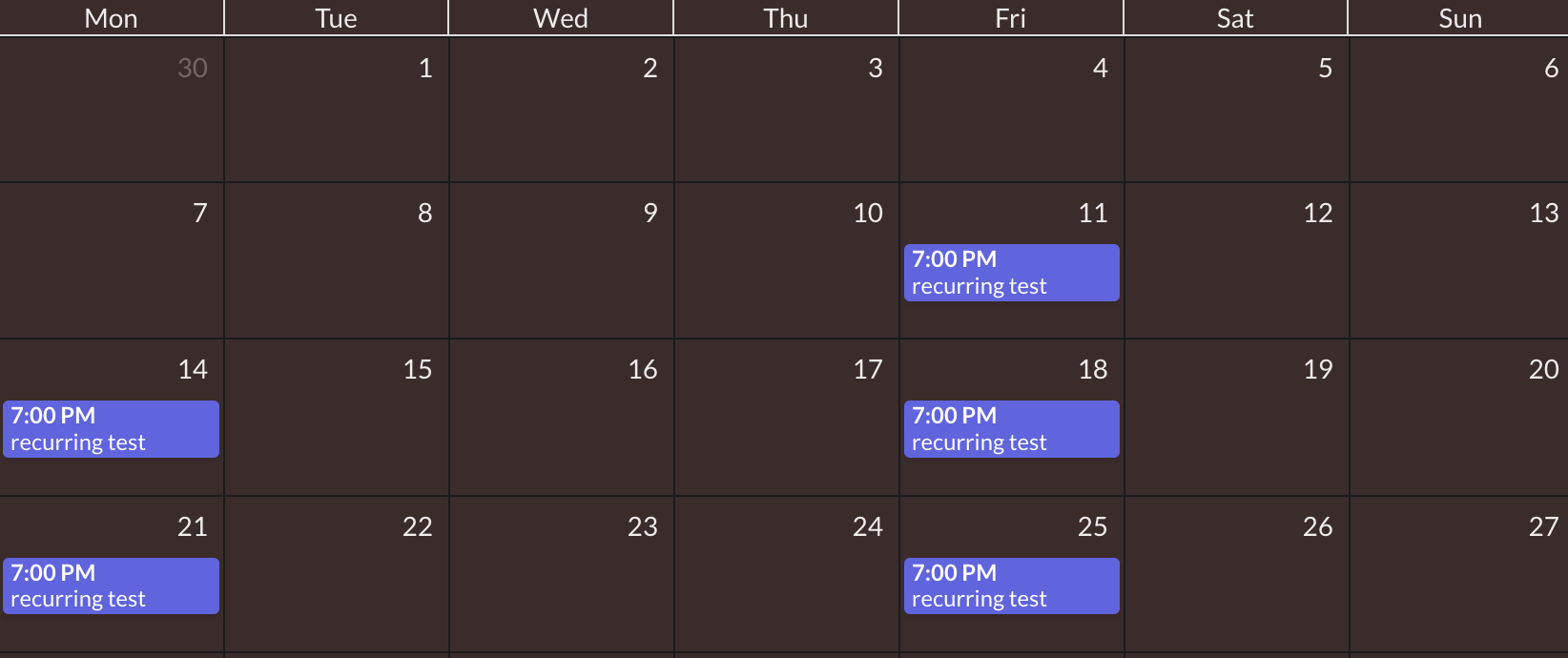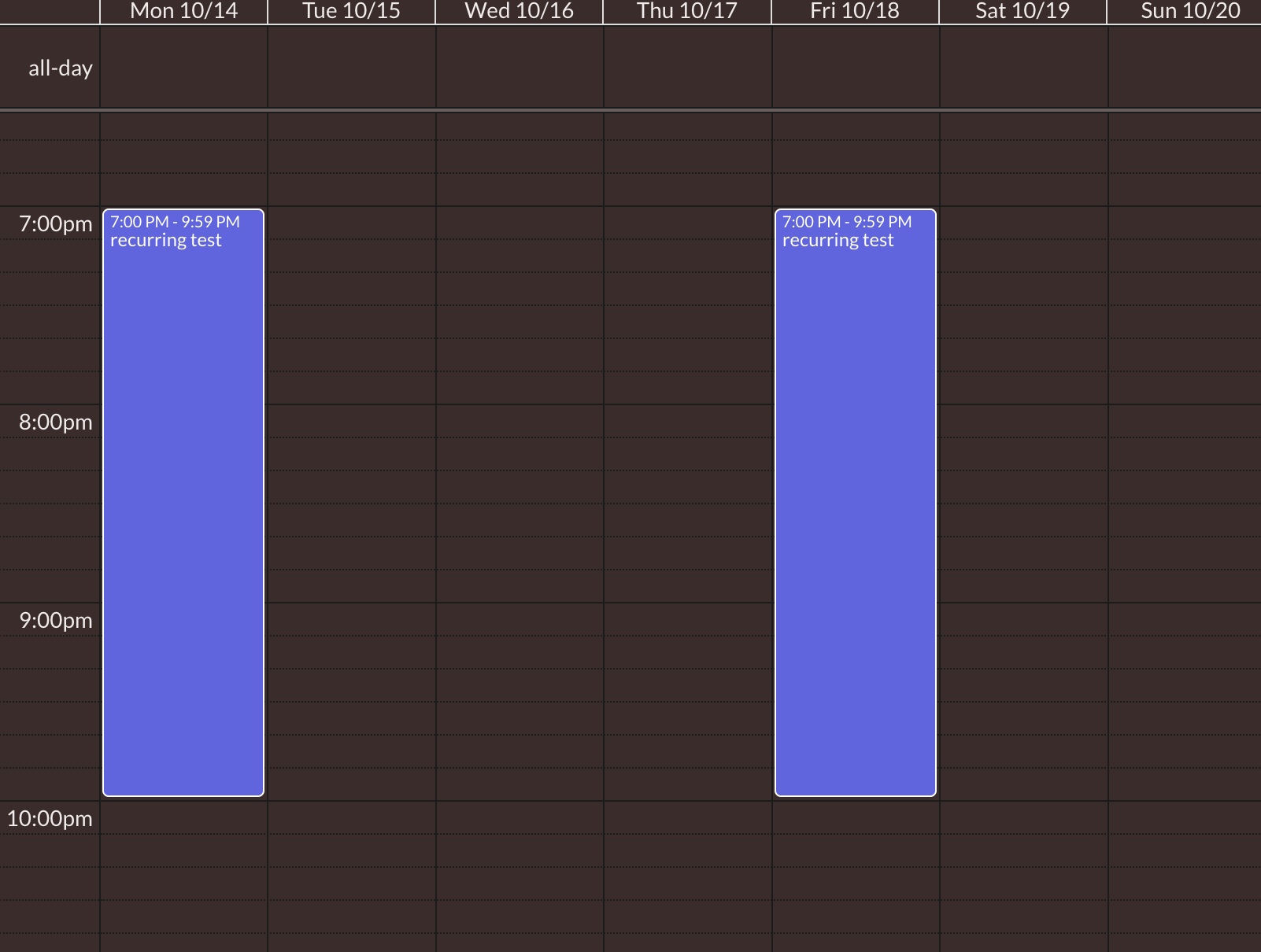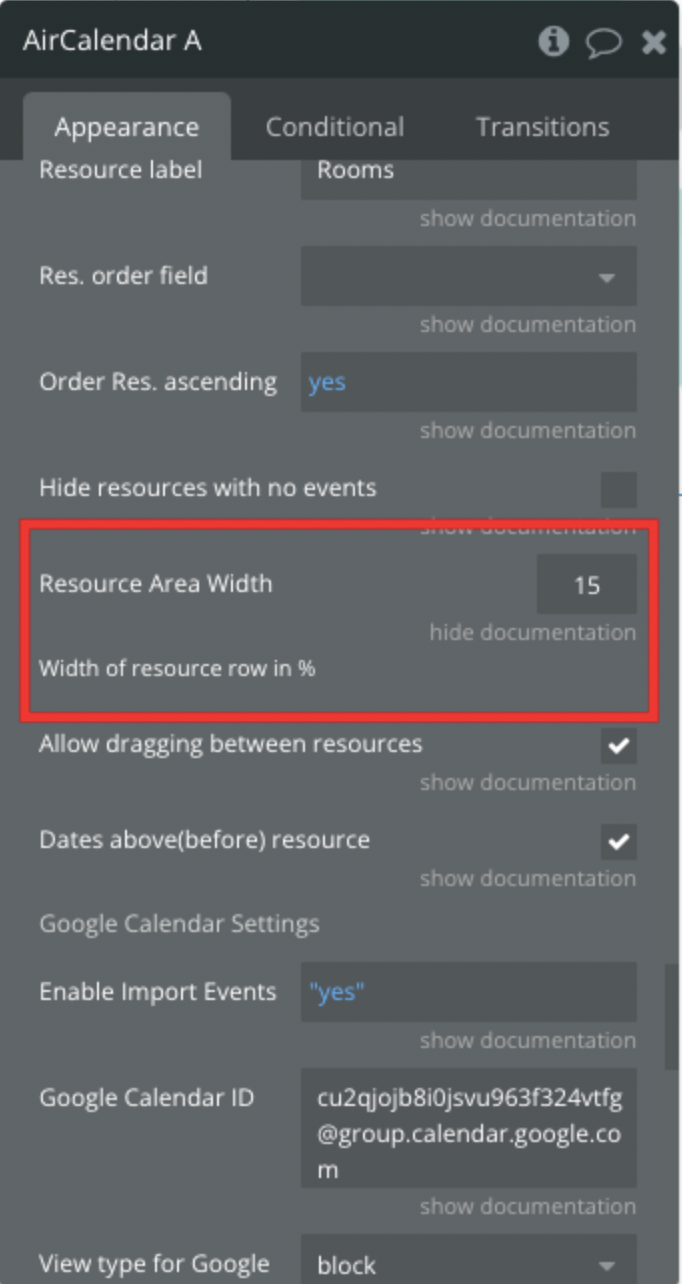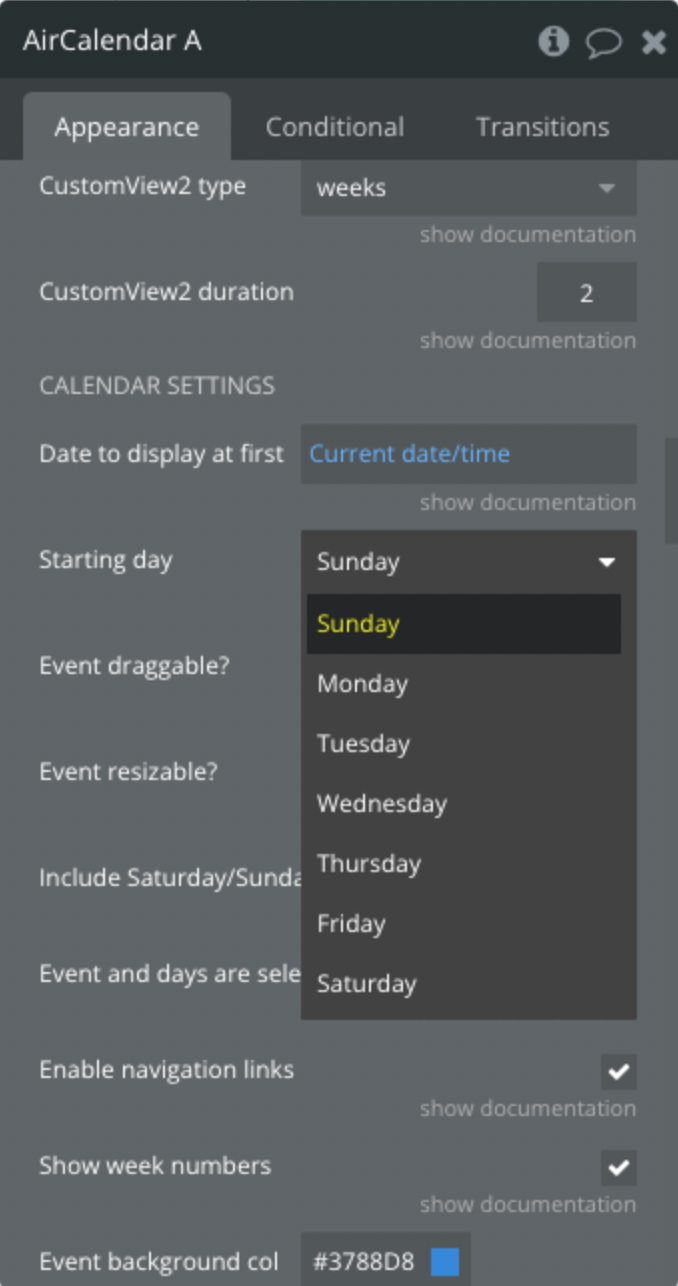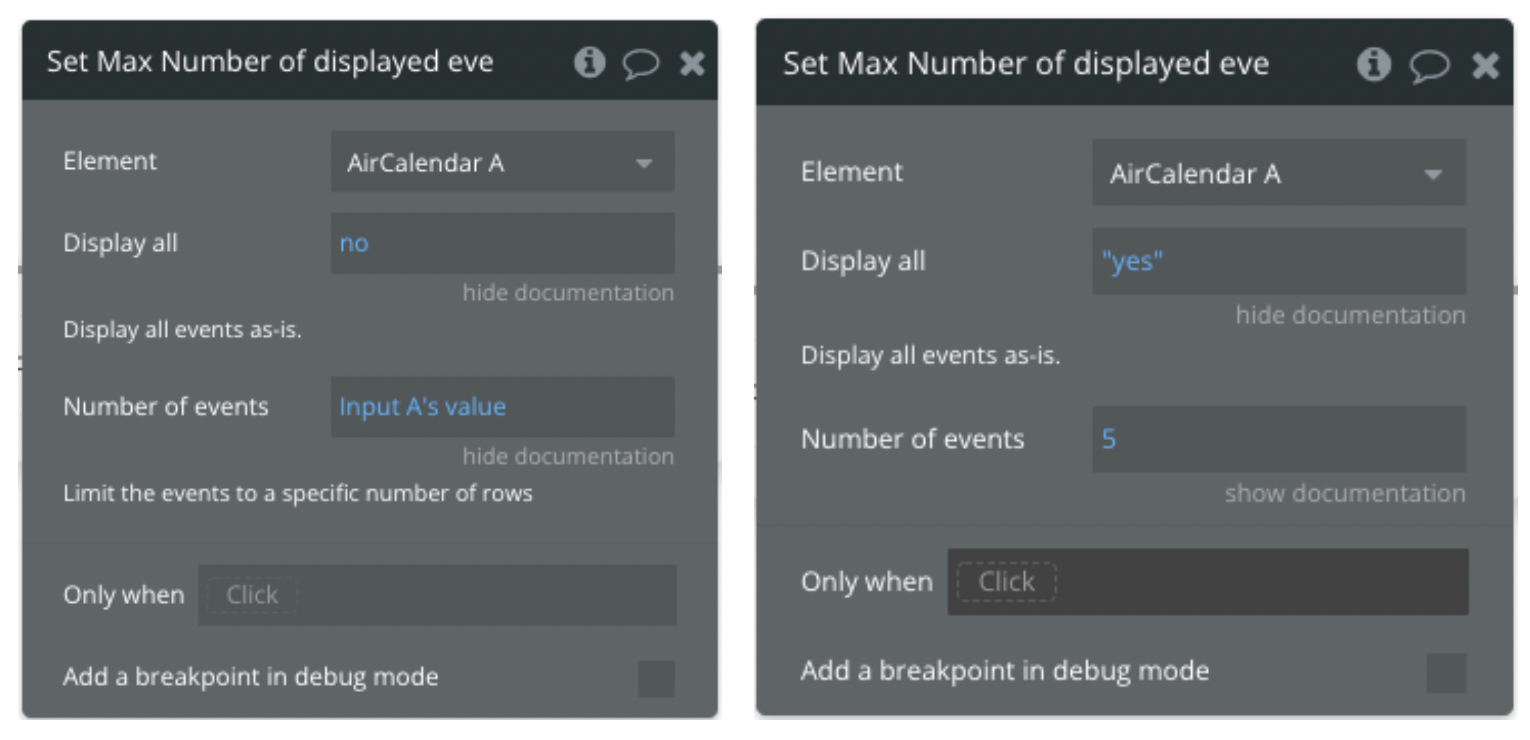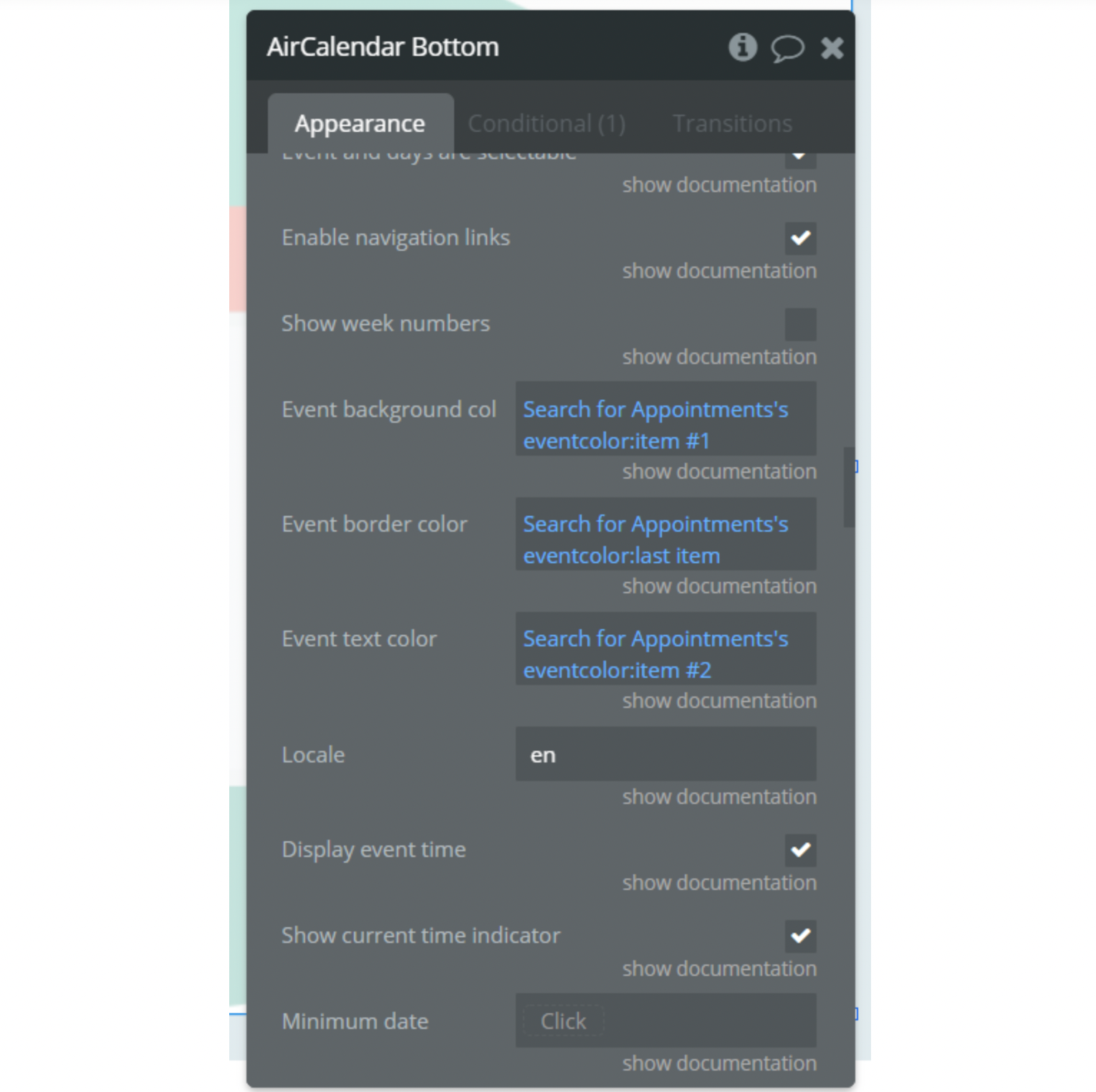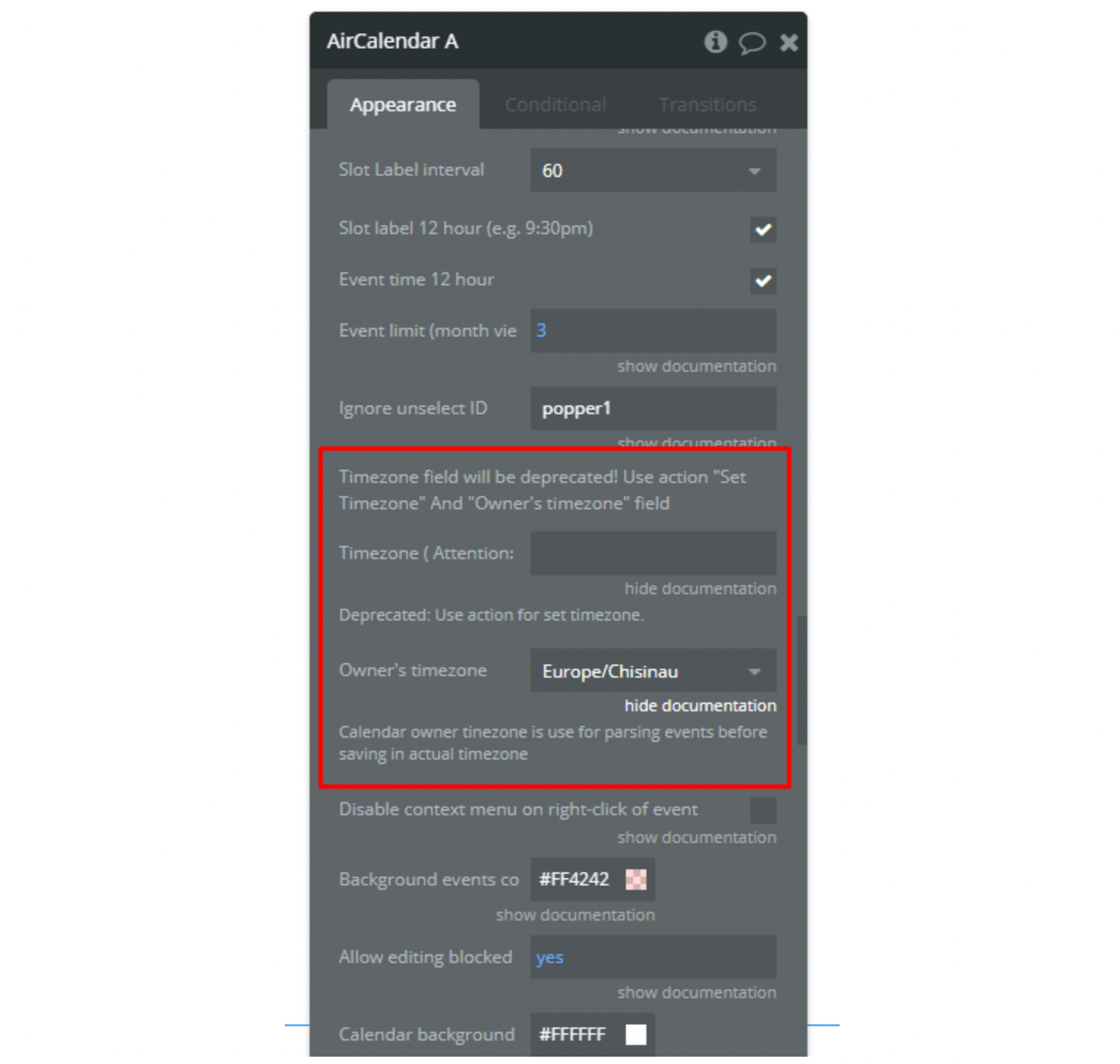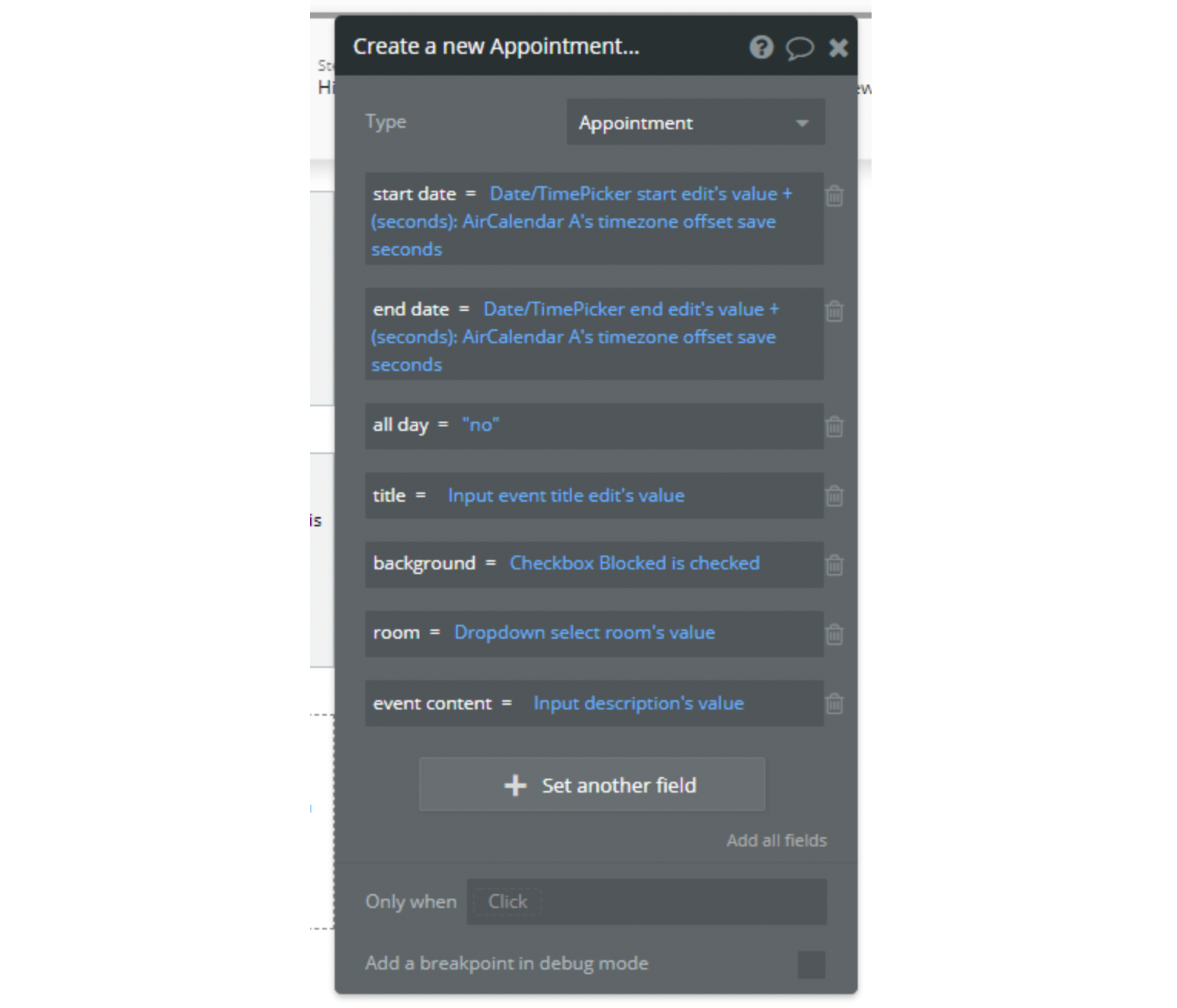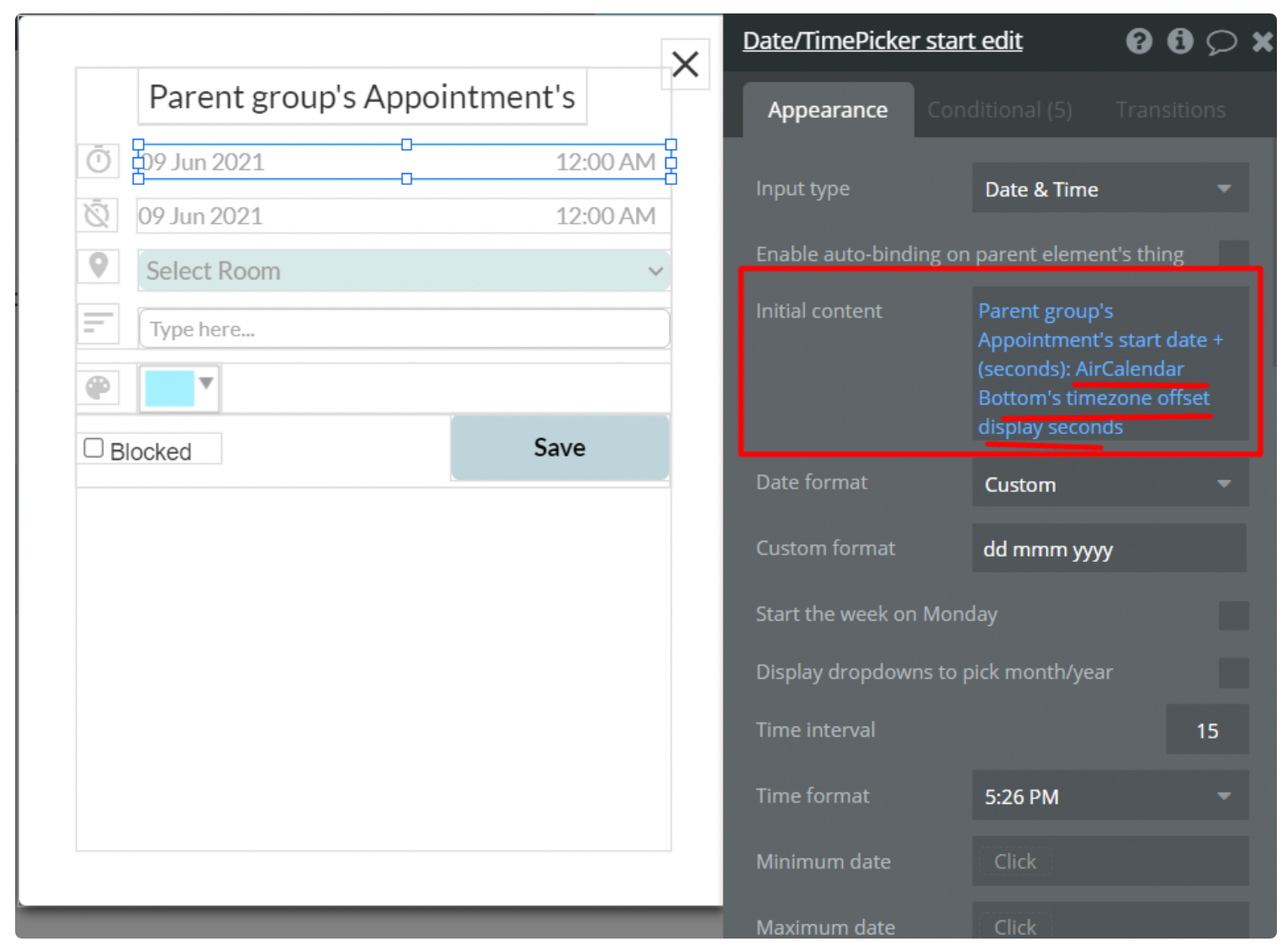Demo to preview the settings
Introduction
A highly customizable calendar with several different views based on FullCalendar.
FullCalendar is the most powerful calendar and scheduler used by several companies and projects.
This plugin was developed in response to the several limitations of the default bubble calendar and addresses the three main concerns: Performance, Customization, and Feature set.
It is a full-fledged calendar that you can even build your SAAS on (Timekit.io uses the same library, FullCalendar, that this plugin is based on)
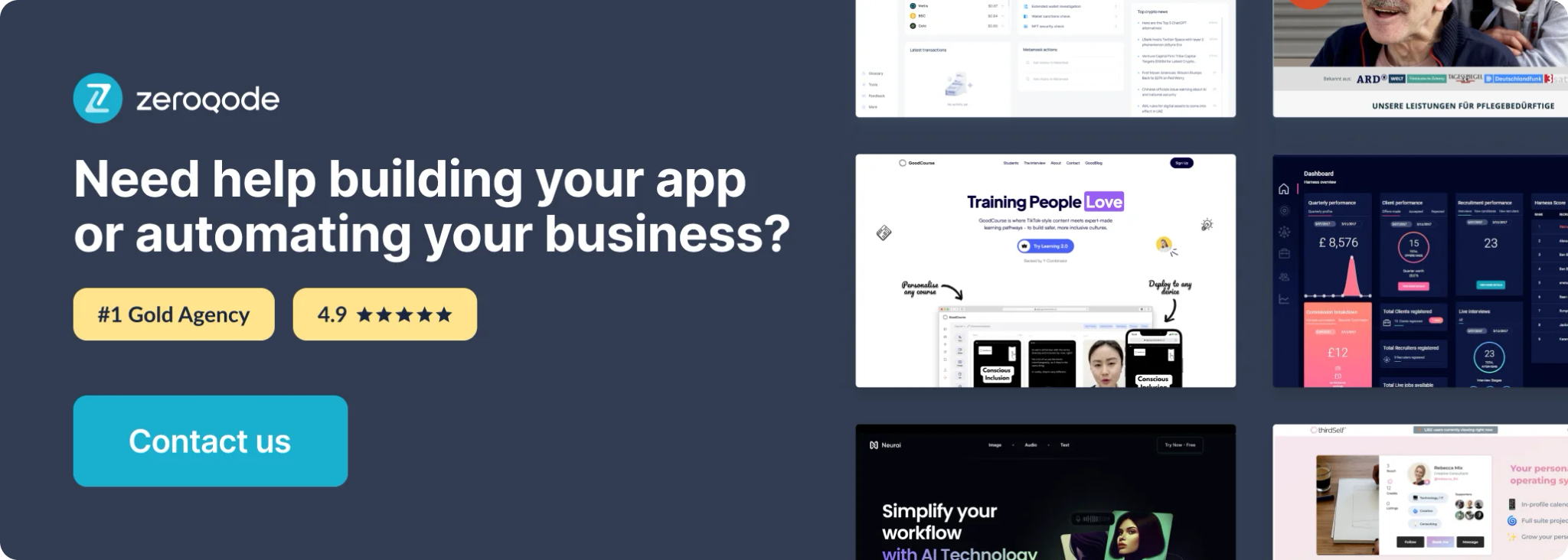
Features
- multiple views
- custom views
- full control of Look and Feel
- internationalization (Locales and Timezones)
- high performance
- on-demand fetching:
- drag-and-Drop and Resize
- easy setup
- drag to select
- blocked dates/times
- standard date representation

Key features include
- Multiple views: Weekly, Monthly, Yearly views in timed grids or agenda grids. There are 9 different views by default.
- Custom views: In addition to the default views, you can also create your own views (currently two). For example, you can decide to create a 3-day workday schedule view. There is also an option for the browser to remember the last view the user was on (like google calendar).
- Full control of Look and Feel: The calendar is super customizable and by default provides only the calendar gird allowing you to create your own buttons and layout for navigation. For example, you can place the next and previous buttons anywhere, user buttons or dropdowns (like google calendar) to switch views, etc. There are also several options to set event colors, border colors, calendar background, and text colors, etc.
- Internationalization (Locales and Timezones): The calendar supports different locales (languages) and all the timezones in the world. You can even let your users switch between different timezones dynamically. The calendar provides you with a list of all timezone names (ids) allowing you to create a dropdown with it. Same for locales.
- High performance: This plugin is based on the latest re-write(v4) of the FullCalendar library written completely in plain modern javascript removing all jquery dependencies. Also, the library files have been broken down into several small files instead of one huge file. All these make the calendar very lightweight and loads faster.
- On-demand fetching: Instead of loading all the calendar events at once causing huge delays like in other calendar plugins, Air Calendar allows you to fetch events that are only needed for the current view. The plugin exposes the current view's start and end dates which you can use to restrict the amount of data fetched from your database.
- Drag-and-Drop and Resize: You can easily drag-and-drop events and well resize them. It even has support for dragging events from one calendar to another (currently disabled).
- Easy setup: The calendar gives you full control over how to set up your database and how to connect to it. You can name your database fields whatever you want. You don't have to expose your data API. The plugin triggers events for when an event is added, dragged, resized and you use this to determine when and how you write event data to your database through whatever means you prefer.
- Drag to select: You can enable creating an event by dragging to select a time period. The plugin also has actions that allow you to select/unselect through workflow actions.
- Blocked dates/times: The plugin allows you to block all different kinds of periods. Users will not be able to drag-and-drop or resize events into blocked periods. Blocked periods are created just like normal events so there is no limitation on how to create the blocked periods. You can have blocked day ranges, in combination with single days in combination with single time periods and ranges.
- Standard date representation: The calendar uses the iCalendar standard for storing event dates. That is all end dates are exclusive. This allows you to easily import event data from other calendar systems as well as export your calendar data to other calendar systems. For more information on this see the documentation page.
Tutorial
How to install
- Install the plugin from the plugin store
- Add the element, AirCalendar, to your page and resize it to your needs.
- At this point, if you preview your page you will see an empty calendar without any events and buttons.
By default when you add an AirCalendar element to a page, only the calendar grid is displayed. To add navigation buttons like Today, Day, Week, Month, Next, Prev, etc, you have to add buttons.
Creating an events table in the database
- Go to the Data tab in Bubble.
- Create a new Thing. You can give it any name you like, e.g. Appointment.
- At minimum AirCalendar requires and an Event start and end date field which is of type date. You can have other optional fields and any other fields you require for your application. Ideally, you should have the three fields in bold.
- Event start date - date (required)
- Event end date - date (required)
- All day - yes/no (optional)
- Event title - text (optional)
- Event background color - text (optional)
- Event border color - text (optional)
- Event text color - text (optional)
- Blocked - yes/no (optional)
- Type - text (optional)
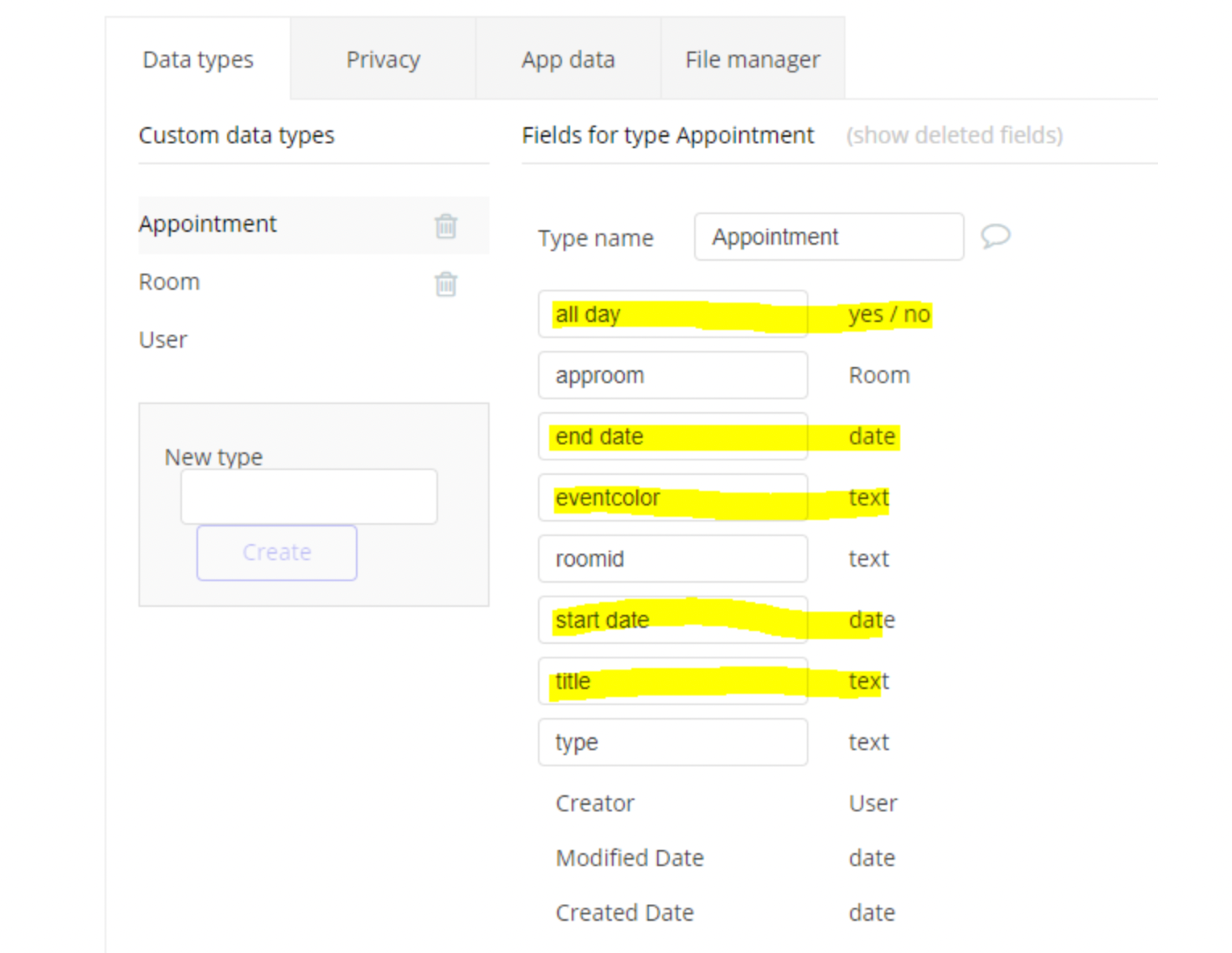
How to add events to the calendar
To improve the speed of loading events into the calendar, Air Calendar fetches events on demand. This means instead of loading all the calendar events when the page loads, Air Calendar allows you to load just the events needed for a view.
To achieve this, store the
current view start date and current view end date state values into custom states and then use these custom states in the element event’s data source. When the “view changes” event is triggered, you can write the values to custom states and then utilize these custom states within the “AirCalendar” field.For better performance (faster event load), use the calendar's
view start date and view end date states to restrict events to only those needed for the current view. 
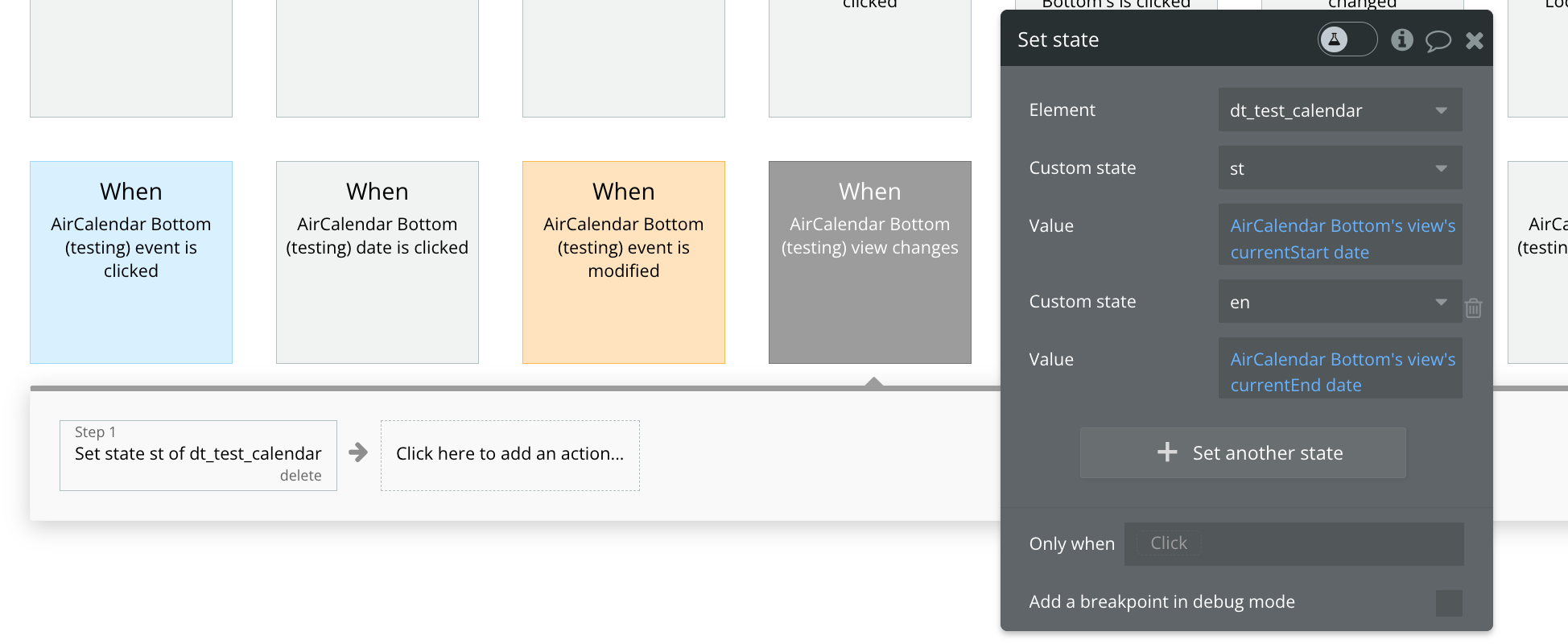
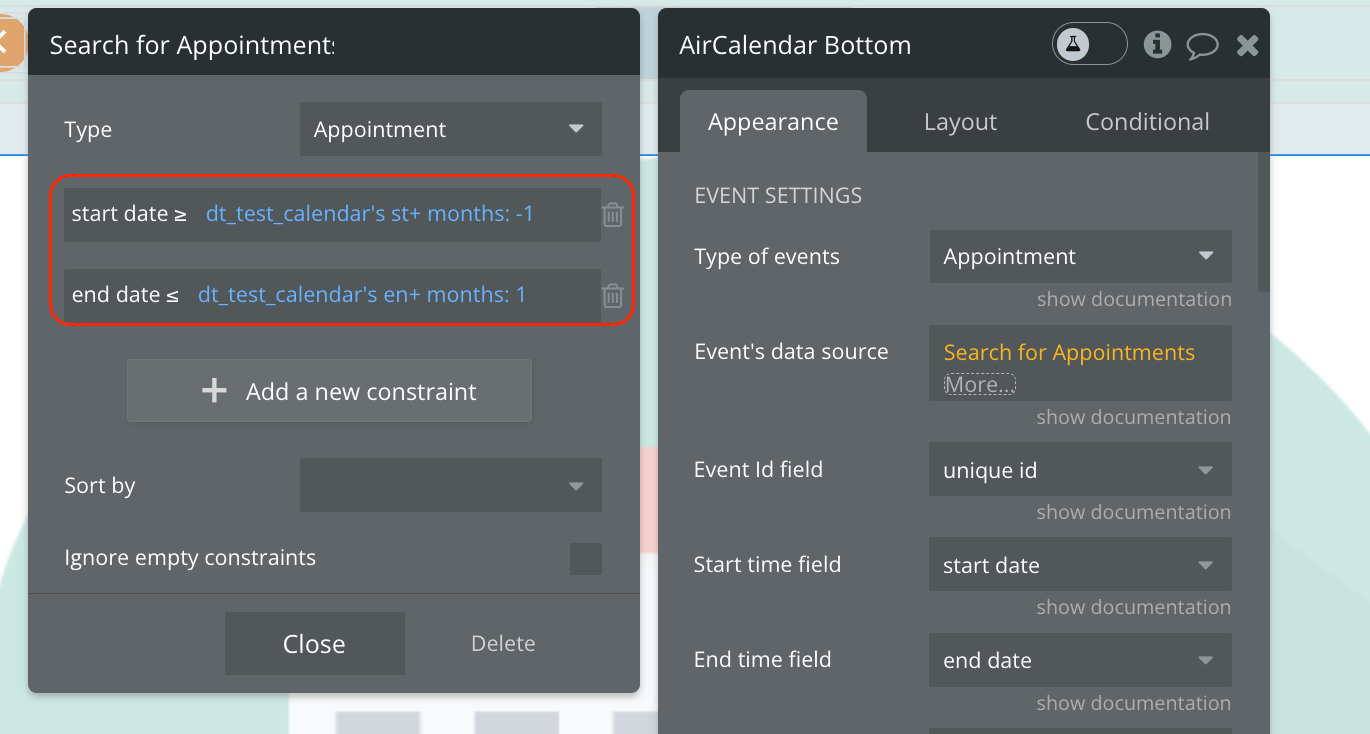
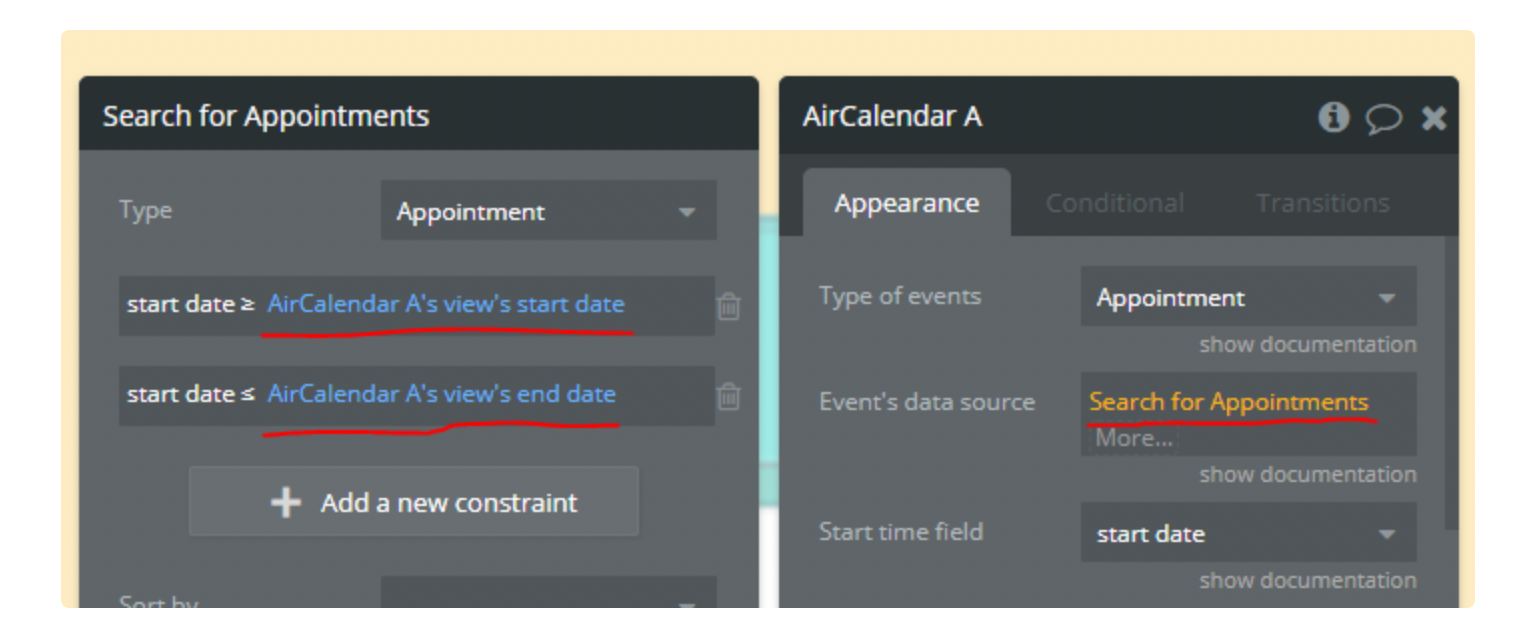
Note:
Ignore unselect ID field will prevent the current selection from being cleared (due to the unselectAuto option).This option is useful if you have a “Create an event” form that shows up in response to the user making a selection. When the user clicks on this form, you probably don’t want to the current selection to go away. Thus, you should add a class to your form such as
my-form, and set the Ignore unselect ID field to .my-form.See the related link here: unselectCancel - Docs | FullCalendar
Calendar views
Air Calendar provides 9 different views plus two custom views that you can define yourself. Below are the different views, actions, triggers, and states.
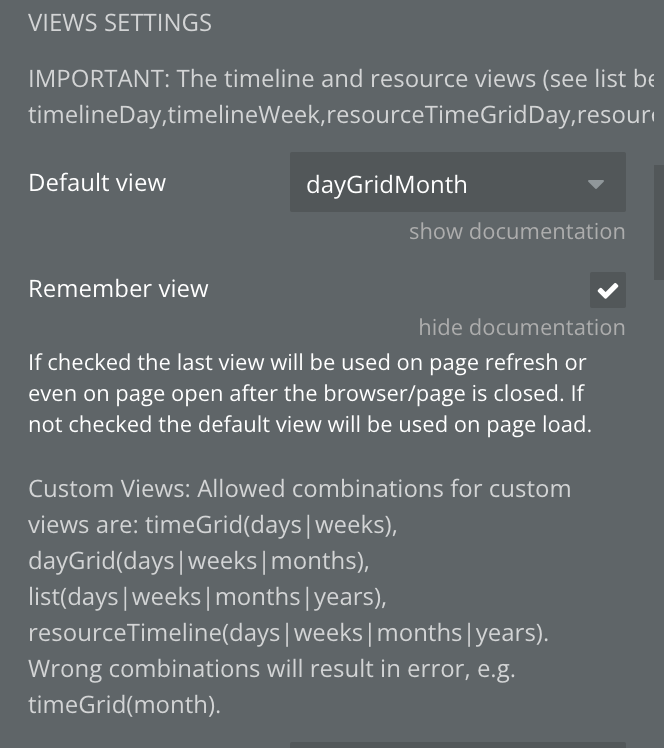
DayGrid view
TimeGrid view
List view
Timeline View
ResourceTimeGrid View
ResourceTimeline View
AirCalendar provides actions and states that allow you the freedom to design your calendar navigation the way you like. The following actions, triggers, and states are provided.
The background color of an event is determined as follows: if the event is blocked, the blocked event color is used. If the event has an individual background color set, that color is applied. Otherwise, the default event background color is used.
Fields
Title | Description | Type |
Type of events | These are the type of things that will be used to display events | Custom type |
Event's data source | The list of things that should be displayed by the calendar element | List of custom type |
Event Id field | The Event id field (should have unique value for each event) | Text field of event type |
Start time field | The field containing the start time of events | Date field of event type |
End time field | The field containing the end time of events (optional) | Date field of event type |
All day field | To support all-day events, enter a yes/no field | Boolean field of event type |
Event title field | The field containing the title/caption of events | Text field of event type |
Event content field | Additional content for events (can be HTML) | Text field of event type |
Content Display Type | Whether to display content in the Event or as a Tooltip | Dropdown |
Event's Individual BG | The background color assigned individually to a specific event. This color overrides the default color, allowing for visual customization of each event. | Text field of event type |
Event bordercolor field | Field containing the border color for events | Text field of event type |
Event textcolor field | Field containing the text color for events | Text field of event type |
Event draggable field | Field specifying if an event can be dragged | Boolean field of event type |
Event resizable field | Field specifying if an event can be resized | Boolean field of event type |
Event overlap field | Field specifying if event allows overlap | Boolean field of event type |
Blocked event field | Field indicating if event should render as background (blocked) | Boolean field of event type |
Event display type | Field containing event display type (block, list-item, background, etc.) | Text field of event type |
Event classNames field | List of HTML class names to be attached to events | List of text fields |
Recurring | Field indicating if the event is recurring | Boolean field of event type |
Days of week | On which days of the week this event repeats | List of text fields |
Default view | The initial view when calendar loads | Dropdown |
Remember view | Save last view for page refresh | Boolean |
CustomView1 view | Type of custom view 1 | Dropdown |
CustomView1 type | Time unit for custom view 1 | Dropdown |
CustomView1 duration | Duration of custom view 1 | Number |
CustomView2 view | Type of custom view 2 | Dropdown |
CustomView2 type | Time unit for custom view 2 | Dropdown |
CustomView2 duration | Duration of custom view 2 | Number |
Date to display at first | Initial date to show on load | Date |
Starting day | Day the week starts on | Dropdown |
Event draggable? | Enable users to modify events by dragging | Boolean |
Event resizable? | Enable users to modify event lengths by resizing | Boolean |
Include Sunday column | Show or hide Sundays | Boolean |
Include Saturday column | Show or hide Saturdays | Boolean |
Event and days are selectable | Allow users to select events or days | Boolean |
Enable navigation links | Make day and week names clickable | Boolean |
Show week numbers | Display week numbers on left side | Boolean |
Default Event BG | The default background color used for events if no individual color has been set. This ensures a consistent appearance for all events without custom colors | Color |
Event border color | Default border color for all events | Color |
Event text color | Default text color for all events | Color |
Locale | Language and localization options | Text |
Display event time | Show event time in front of title | Boolean |
Show events end time | Control display of event end times | Dropdown |
Show current time indicator | Show current time indicator line | Boolean |
Minimum date | Minimum date limit for the calendar | Date |
Maximum date | Maximum date limit for the calendar | Date |
Minimum time | First time slot displayed for each day | Text |
Maximum time | Last time slot displayed for each day | Text |
Scroll time | How far forward scroll pane is initially scrolled | Text |
Allow drag/resize overlap | Allow events to overlap during drag/resize | Boolean |
Event limit clicked | Action when user clicks "more" link | Dropdown |
Show All Day slot | Display "all-day" slot at top of calendar | Boolean |
Slot duration | Frequency for displaying time slots | Dropdown |
Slot Label interval | Frequency of time slot labels | Dropdown |
Slot label 12 hour | Use 12-hour format for slot labels | Boolean |
Event time 12 hour | Use 12-hour format for event times | Boolean |
Event limit (month view) | Limit number of events shown per day in month view | Number |
Event limit fit | Use available space for events instead of fixed limit | Boolean |
Ignore unselect ID | Element ID to ignore when unselect occurs | Text |
Timezone | Calendar timezone setting (Deprecated) | Text |
Owner's timezone | Timezone used for parsing events | Dropdown |
Current time | Display time based on Timezone or Local time | Boolean |
Color time indicator | Color of current time indicator line | Color |
Disable context menu on right-click of event | Disable default context menu | Boolean |
Blocked Event BG | The background color used to highlight events that are blocked or unavailable in the calendar. This color helps users quickly identify events where no changes or bookings can be made. | Color |
Allow editing blocked events | Allow interaction with background events | Boolean |
Calendar background color | Background color for the whole calendar | Color |
Calendar text color | Text color of calendar | Color |
Enable Header Borders | Show borders on calendar header | Boolean |
Calendar lines color | Grid lines color | Color |
Current day color | Highlight color for current day | Color |
Current day cells color | Color for cells of current day | Color |
Selected day(s) color | Color for selected days | Color |
multiMonthYear color | Background color of months in multiMonthYear mode | Color |
Nextday threshold | When an event spans to next day | Text |
Select min distance | Minimum mouse movement for selection | Number |
Event border width | Border width of events in pixels | Dropdown |
Event border radius | Border radius of events in pixels | Dropdown |
Default duration | Default duration for events without end date | Text |
Allow select overlap | Allow selecting periods with events | Boolean |
Title has html content | Treat title text as HTML | Boolean |
Pause after drag/resize | Time to disable calendar after modification | Dropdown |
Enable Resource/Scheduler view | Enable FullCalendar Scheduler plugin | Boolean |
Resource type | Type of resource for events | Custom type |
Resource data source | List of resources to display | List of custom type |
Event resource field | Field referencing the resource | Field of event type |
Res. Id field | Unique ID field for resources | Text field of resource type |
Resource title field | Field determining displayed text for resources | Text field of resource type |
Resource group name | Field containing resource group name | Text field of resource type |
Resource label | Text displayed above resources list | Text |
Res. order field | Field for ordering resources | Text field of resource type |
Order Res. ascending | Order resources in ascending order | Boolean |
Clickable resource | Make resources clickable | Boolean |
Resource Area Width | Width of resource row in percentage | Number |
Hide resources with no events | Only show resources with events | Boolean |
Allow dragging between resources | Allow moving events between resources | Boolean |
Dates above(before) resource | Render date headings above resource headings | Boolean |
Google Calendar Settings | Settings for Google Calendar integration | Label |
Enable Import Events From Google Calendar | Enable Google Calendar integration | Boolean |
Google Calendar ID | ID of Google Calendar to import | Text |
View type for Google Events | Display type for Google Calendar events | Dropdown |
Delay for Mobile Devices | Settings for touch device delays | Label |
Event Press Delay | Delay before event becomes draggable on touch | Number |
Select Press Delay | Delay before date becomes selectable on touch | Number |
Day Header Custom Format | Use custom format for calendar header | Boolean |
Weekday format | Format for weekday display in header | Dropdown |
Day format | Format for day display in header | Dropdown |
Month format | Format for month display in header | Dropdown |
Year format | Format for year display in header | Dropdown |
Dragging external events | Enable dragging events from outside the calendar | Boolean |
Disable adding events | Prevent adding multiple events to same time slot | Boolean |
Plugin States
Title | Description | Type |
current event | Returns current event. Should be of the event type | Event Type |
clicked date | Retrieves the current date that was just clicked. This is a date field | date |
current view's name | The current view's name as text. Possible values are any one of the available views listed above. e.g. timeGridWeek. Note that this is case-sensitive (meaning the small letters and capital letters should be exactly as listed above) | text |
current view's title | Title text that is displayed at the top of the header (such as “September 2009” or “Sep 7 - 13 2009”). | text |
modified event | Returns the event which has just been dragged. You must do a change to a thing with this event. | Event Type |
modified event start | Returns the start date of the event that has just been dragged. | date |
modified event end | Returns the end date of the event that has just been dragged. | date |
modified event allday | Returns the allday of the event that has just been dragged. | yes/no |
current view's date | For month view, it will always be sometime between the first and last day of the month. For week views, it will always be sometime between the first and last day of the week. | date |
view's activeStart date | A Date that is the first visible day. In month-view, this value is often before the 1st day of the month, because most months do not begin on the first day-of-week. | date |
view's activeEnd date | A Date that is the exclusive last visible day. | date |
selected start date | Start date/time of selection. | date |
selected end date | End date/time of selection. | date |
locales | List of timezones | text |
more link clicked date | The date for the day of the more link clicked. | date |
current event's rightclick pageX | right-click position on the x-axis | number |
current event's rightclick pageY | right-click position on the y-axis | number |
timezones | Available timezones | text |
browser timezone | Returns the browser's timezone | text |
browser locale | Returns the browser's locale | text |
hovered_event | Returns the currently hovered event. | Event Type |
current event's id attribute | ID attribute of the currently clicked, hovered or right-clicked event. | text |
timezone offset display seconds | The difference between browsers time and calendar time in seconds. Add this to date picker input when displaying. | number |
timezone offset save seconds | The difference between browsers time and calendar time in seconds. Add this to date picker input when saving date from a picker. | number |
selection all day? | Whether the selection happened on all-day cells. | yes/no |
calendar timezone | The current timezone the calendar is displaying in not the browswer's timezone | text |
calendar locale | The current locale of the calendar, not the browser locale. | text |
view's currentStart date | A Date is the start of the interval the view is trying to represent. For example, in month view, this will be the first of the month. This value disregards hidden days. You can use this to restrict the number of events the calendar fetches. | date |
view's currentEnd date | A Date is the exclusive end of the interval the view is trying to represent. For example, in month view, this will be the day after the last day of the month (because it is exclusive). This value disregards hidden days. You can use this to restrict the number of events the calendar fetches. | date |
modified event's new resource | The new Resource of the modified event. If the resource hasn't changed then this will return the same old resource. | Resource type |
selected_resource | Resource of the current selection. | Resource type |
modified event's old resource | The old Resource of the modified event. | Resource |
clicked resource name | The name of the event when clicking on the resource | text |
external event start date | External event start date. Received after dragging an external event to the calendar. | date |
external event all day | External event all day. Received after dragging an external event to the calendar. | yes/no |
date recurring event | ||
clicked resource id | The id of the resource when you click on it |
Plugin Events
Title | Description |
event is clicked | This event is triggered when the user clicks on an event in the calendar. Refer to the current event that was just clicked using the expression 'This calendar's current event’. |
date is clicked | This event is triggered when the user clicks on a day in the calendar. You can refer to the current day that was just clicked using the expression 'This calendar's current day.' You can also retrieve the events for this day with the expression 'This calendar's current day's events’. |
event is modified | True when an event has been dragged to a new date or time. |
view changes | Triggered when a view is being rendered. |
all events rendered | Triggered when a new date-range is rendered, or when the view type switches. This callback will get triggered when the user changes the view, or when any of the date navigation methods are called. |
selection is made | Triggered when a date/time selection is made. |
more events clicked | Triggered when 'more' link is clicked. |
calendars's event is right clicked | Triggered when right clicked on the event |
mouse entered event | Triggered when the user mouses over an event. |
mouse left event | Triggered when the user mouses out of an event. |
Events are loaded | Triggered when events are loaded |
Blocked Event Clicked | Triggered when a blocked event is editable and is clicked. |
Event is dropped | Triggered when an event is dropped |
Recurring event is clicked | An event triggered when a recurring event is clicked on. |
Event already added | It is triggered when we add an event to a time interval that contains another event. Triggered when checkbox 1 is enabled. |
Resource click | An event triggered when a resource is clicked on. |
External event is dropped | Triggered when an external event is dropped |
Calendar is loaded | This event is triggered when calendar has finished setting its events and is ready to be used. |
Event overlap blocked | It is triggered when a new event overlaps a blocked one. |
Plugin Actions
Title | Description |
Go to date | Go to the provided date on the calendar |
Change view | Switch to the specified view. |
Go to Next view | Moves the calendar one step forward (either by a month, week, or day). |
Go to Previous view | Moves the calendar one step back (either by a month, week, or day). |
Go to Today | Moves the calendar to the current date. |
Go to Previous Year | Moves the calendar backward one year. |
Go to Next Year | Moves the calendar forward one year. |
Set locale | Customize the language and localization options for the calendar. This option affects many things such as: the text in buttons, as defined by header text that contains month or day-of-week strings date formatting strings, such as timeFormat weekNumberCalculation firstDay |
Select | A method for programmatically selecting a period of time. |
Unselect | A method for programmatically clearing the current selection. |
Re-render events | Refetches events from all sources and rerenders them on the screen. |
Set timezone | A time zone is a region of the world that serves as a context for displaying dates. |
Disable temporary | |
Render | Will initially render a calendar, or if it is already rendered, will rerender it. |
Reload Events | Hides all events, and then displays again, updating all data (including calculating the time of the event in a new time zone). |
Set Max Number of displayed events | Set the max number of stacked event levels within a given day. |
Toggle Weekends | Toggles the display of weekends in a FullCalendar instance. It checks if weekends are currently enabled, then reverses this setting. If weekends are to be enabled, it also resets any hidden days, ensuring weekends are visible. |
Set first day | The day that each week begins. |
Use external events | Creates draggable elements from the items of the RG. |
Remove All Events | Resets the calendar by removing all event sources and events currently displayed in the calendar. Additionally, it triggers garbage collection if supported by the environment, ensuring optimal memory usage. |
Go to date
Change view
Go to Next view
Go to Previous view
Go to Today
Go to the Previous Year
Go to Next Year
Set locale
Select
Unselect
Re-render events
Set timezone
Render
Reload Events
Set Max Number of displayed events
Set the first day
Toggle Weekends
Use external events
Remove All Events
Useful information
Exclusive End date - AllDay events
What is a Current event?
Event dragging and resizing
Example workflow for updating an event when modified
Event selecting
Timezone feature
Resources / Scheduler
Get Events or Resources from API
Troubleshooting
Preventing double events
Use external events
Using recurring events
